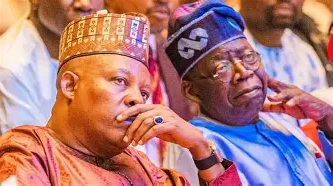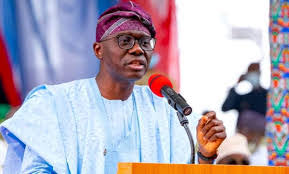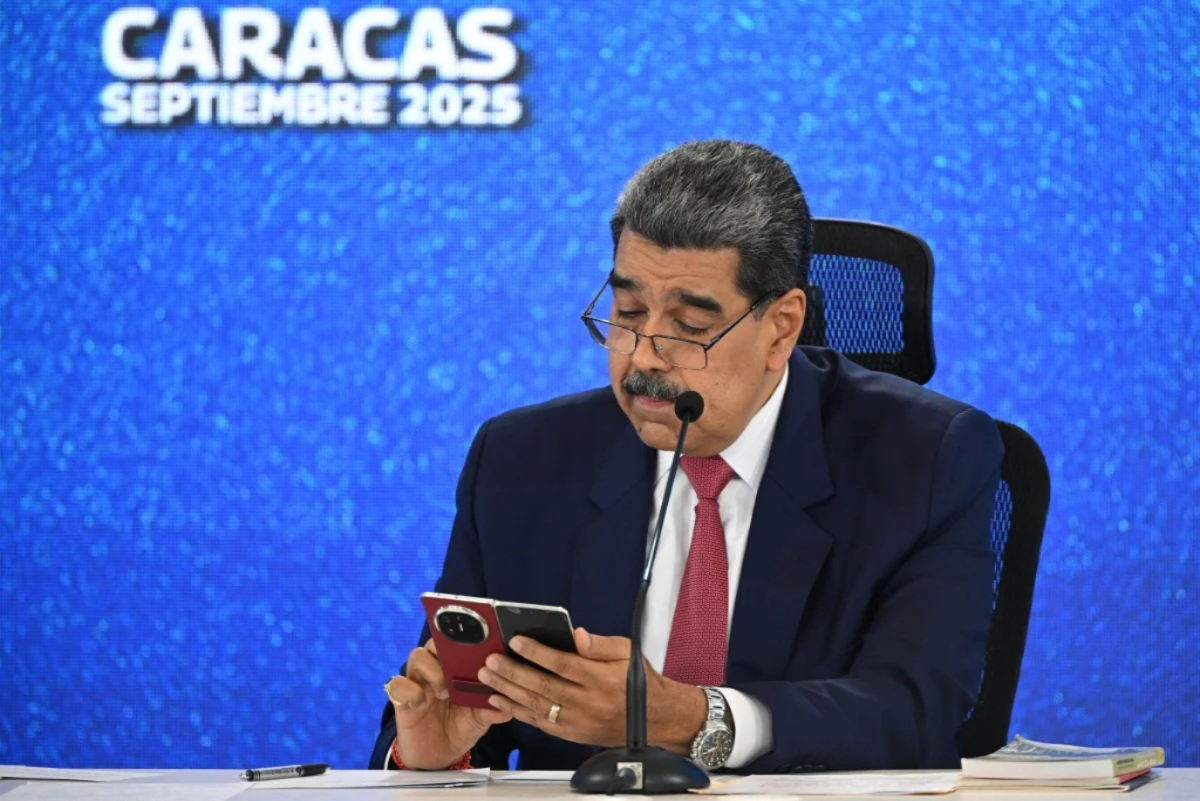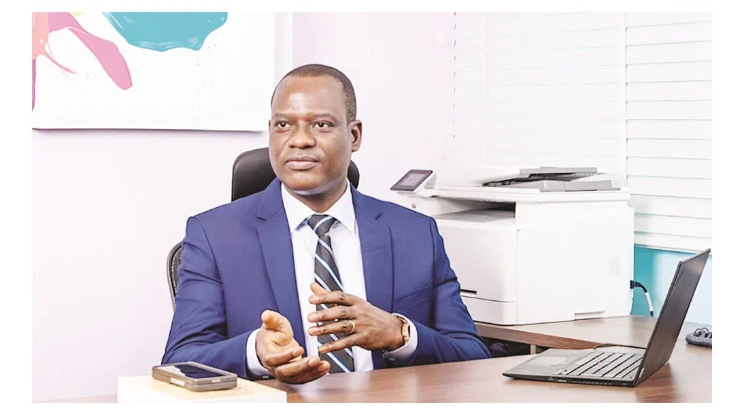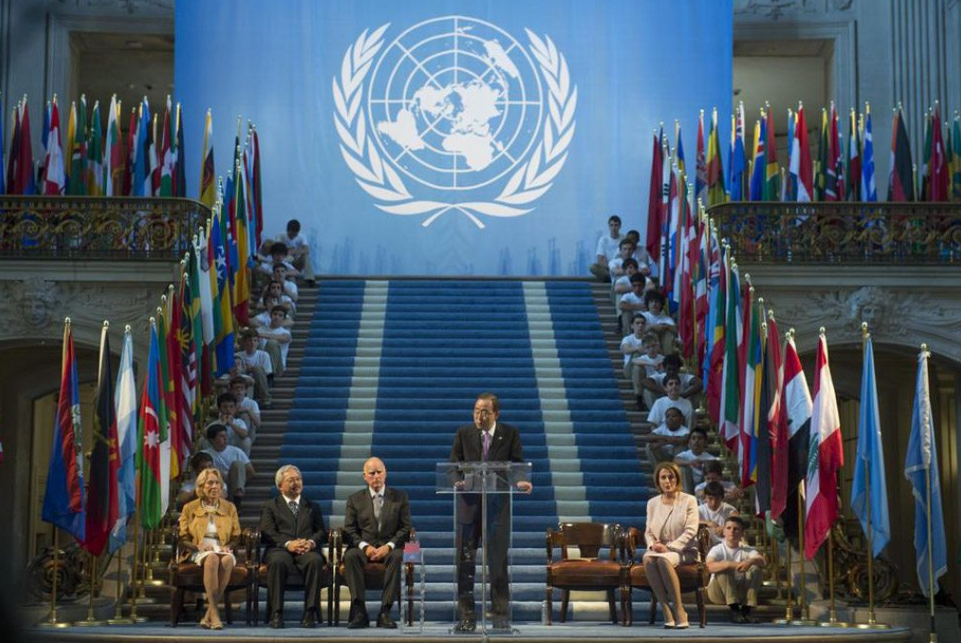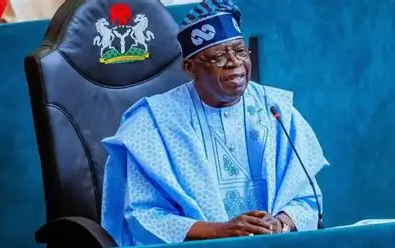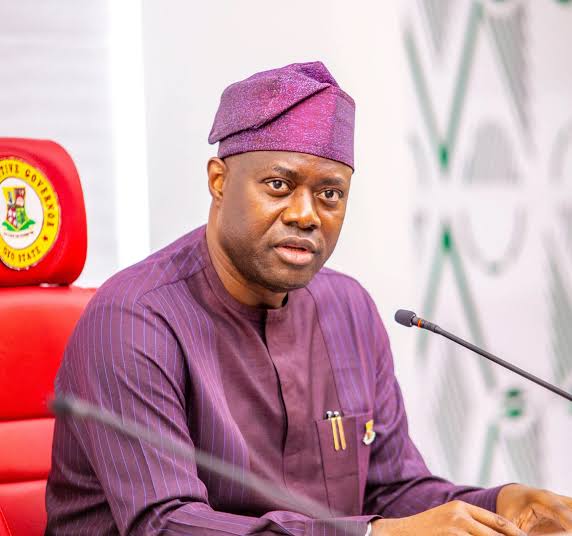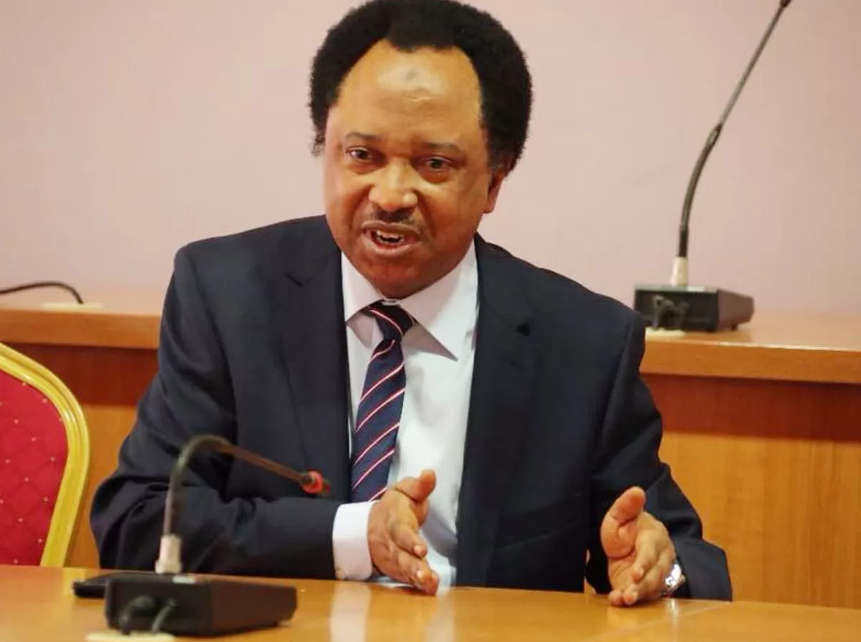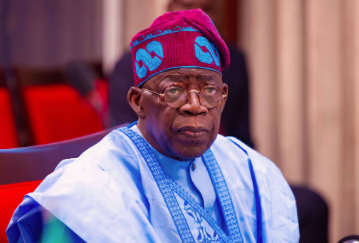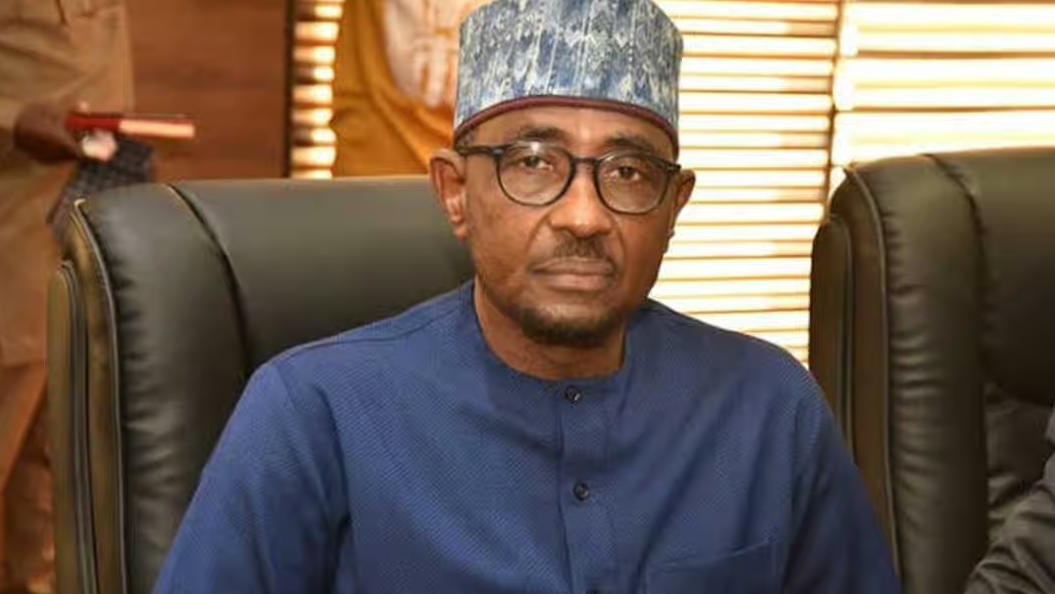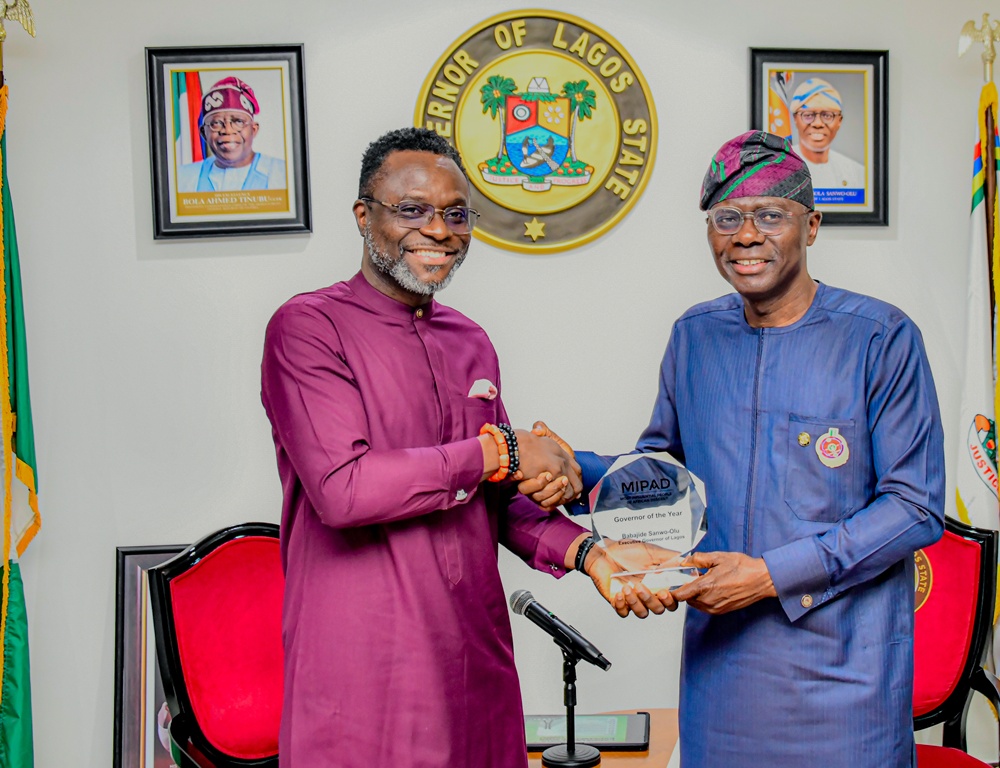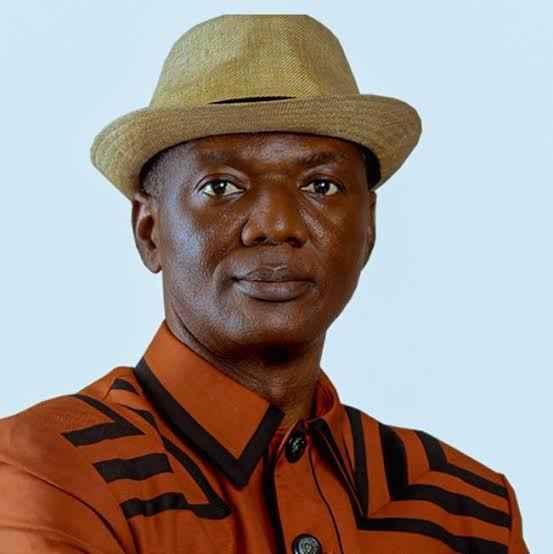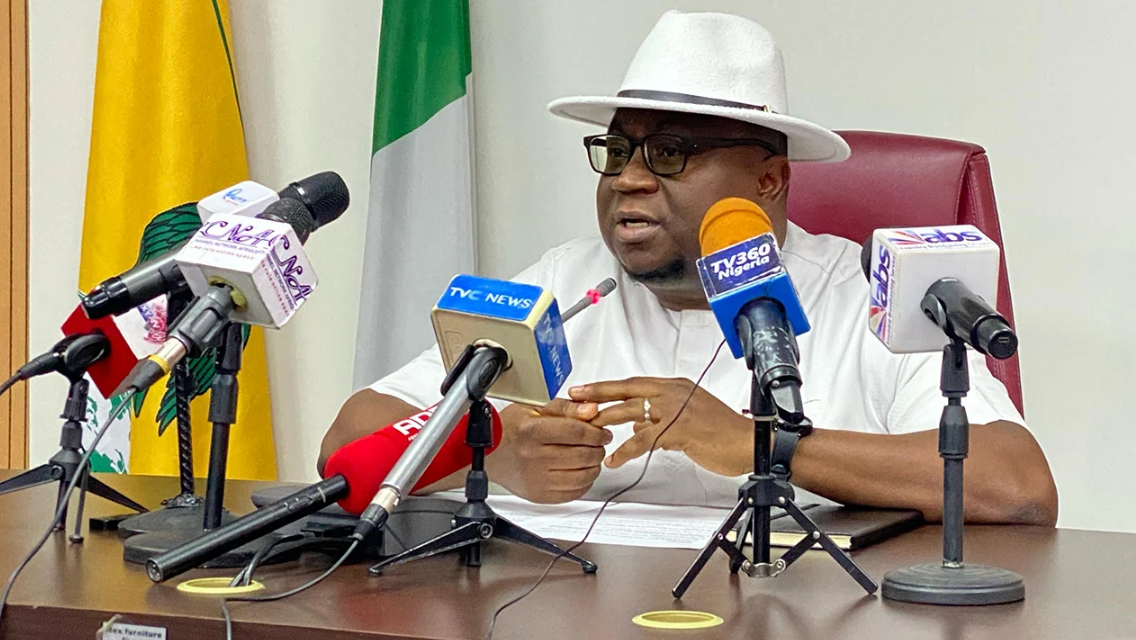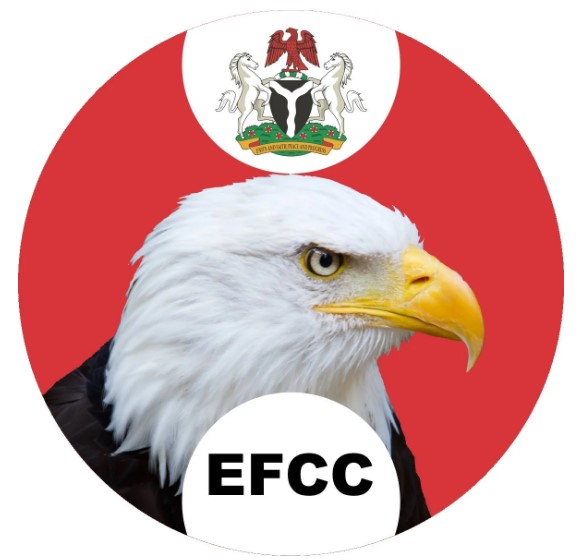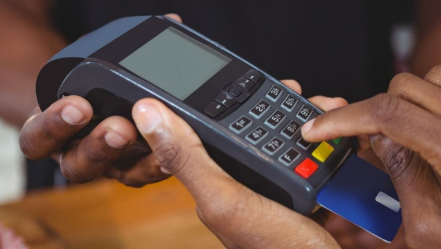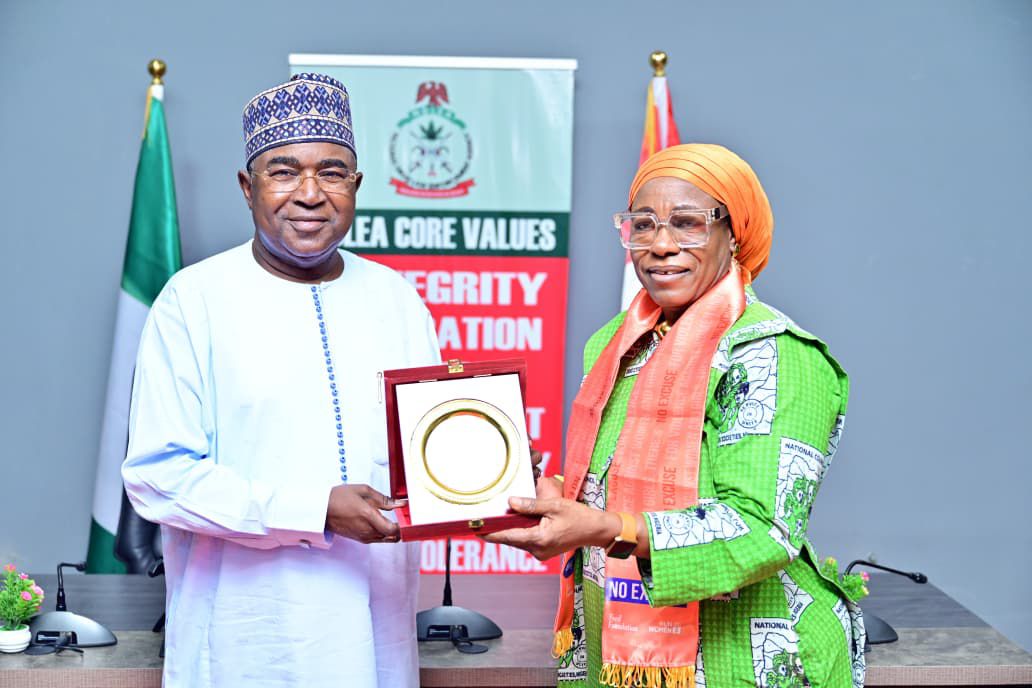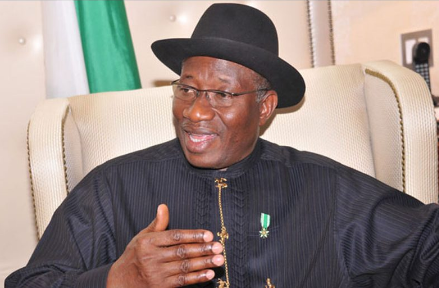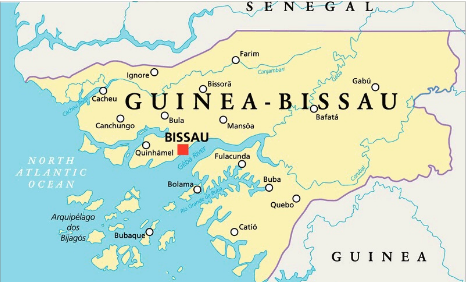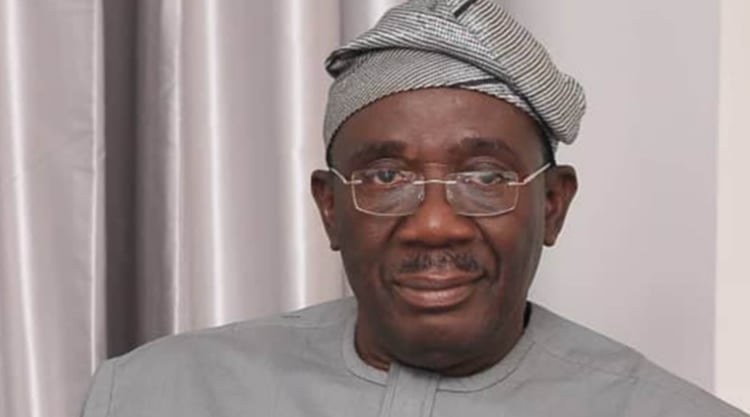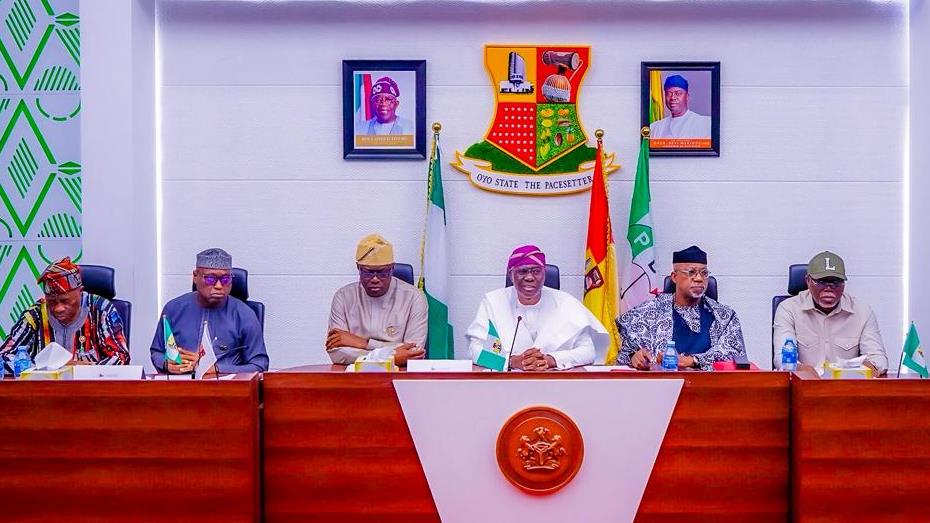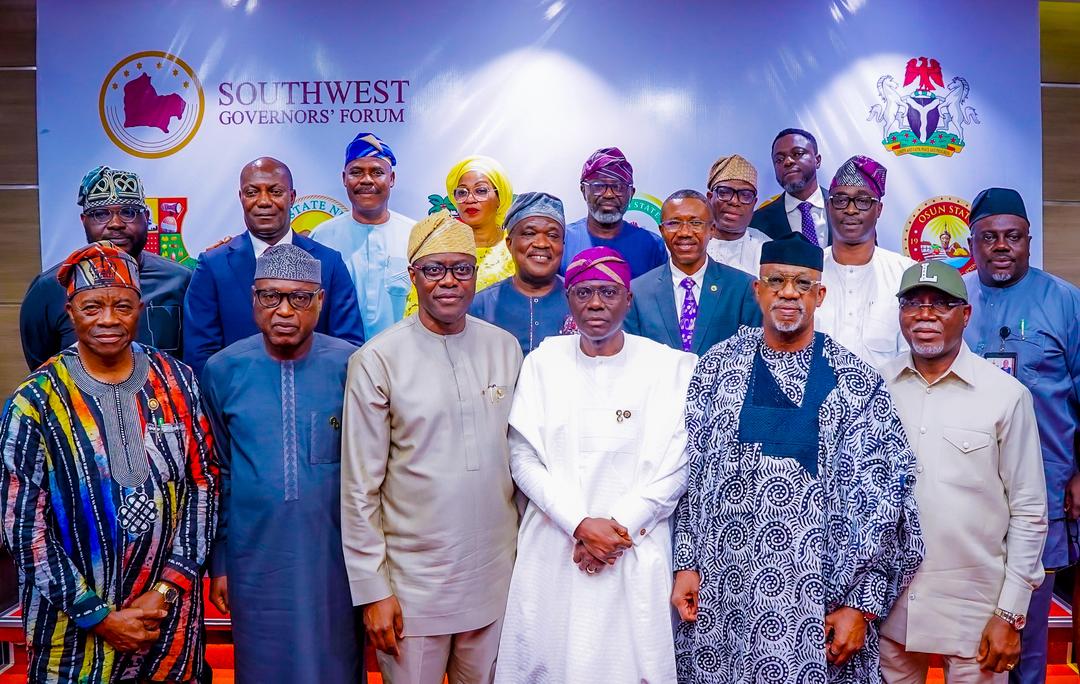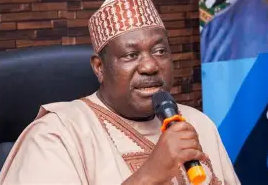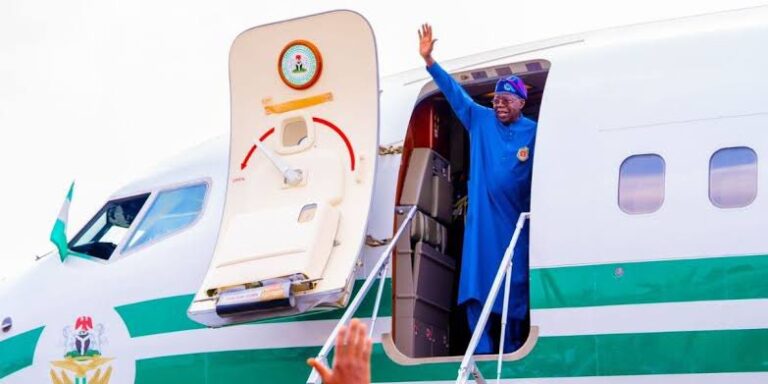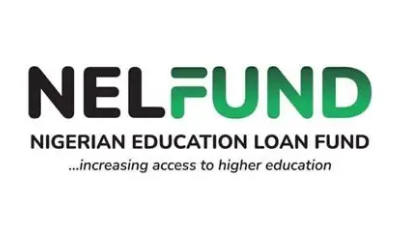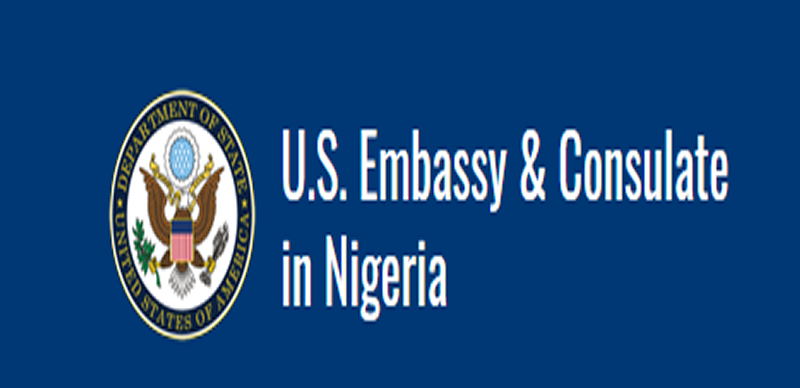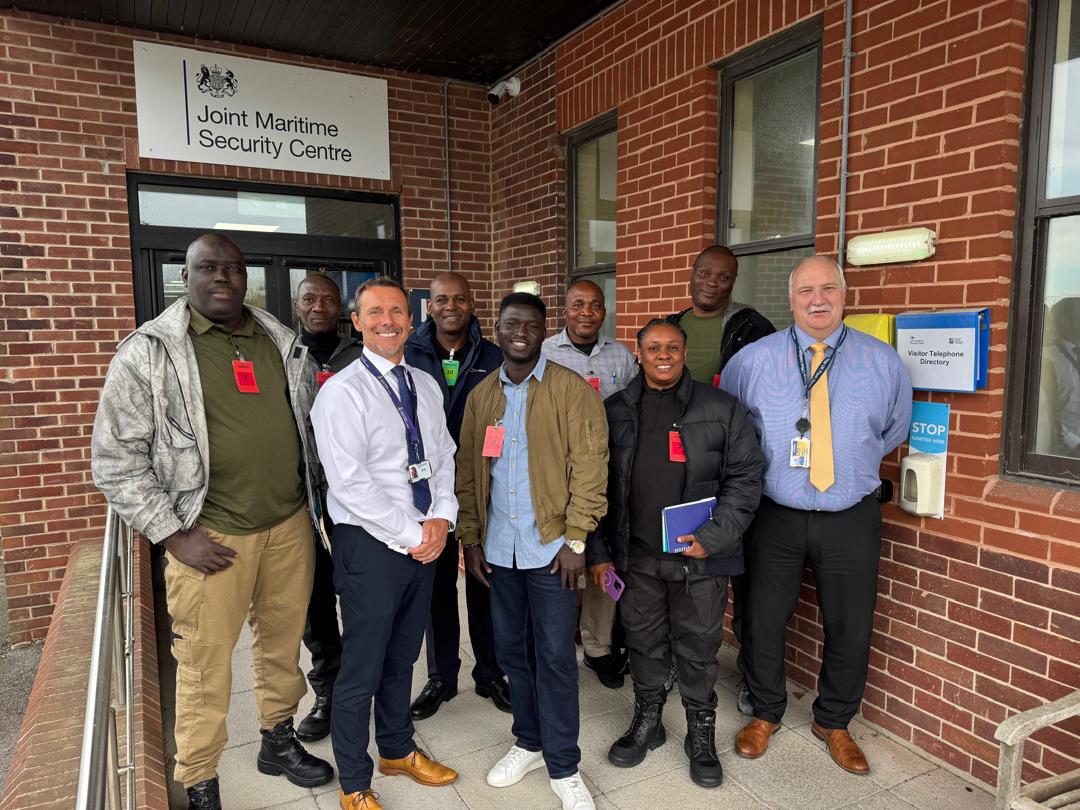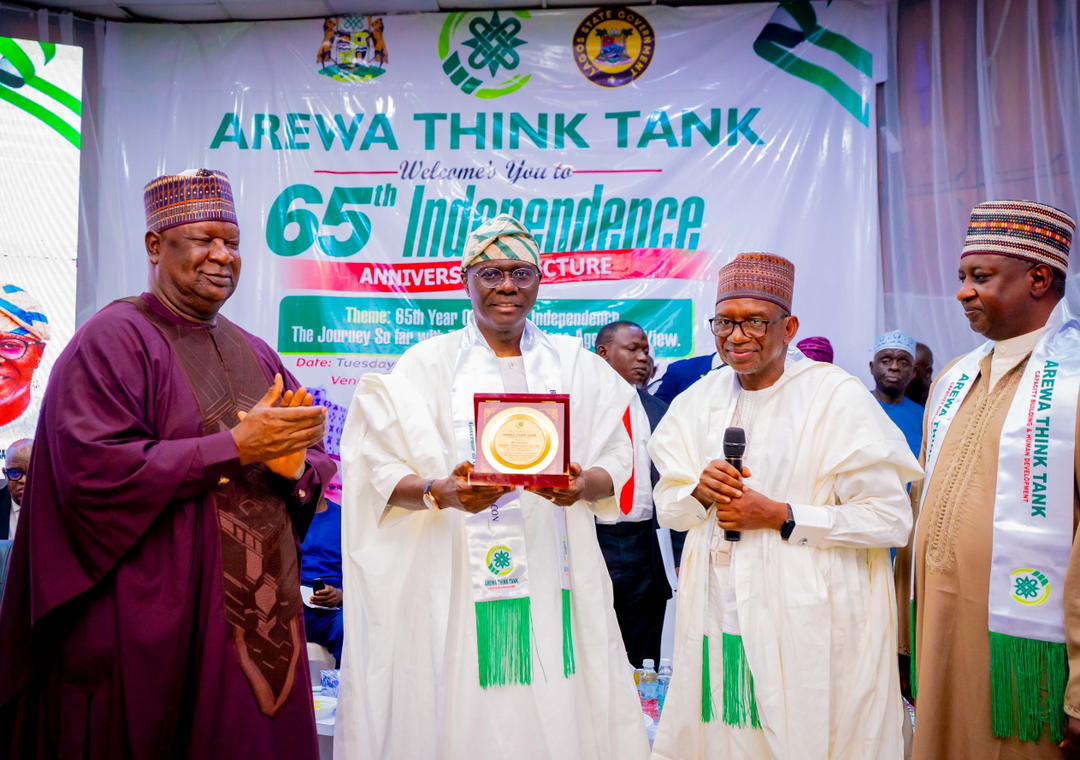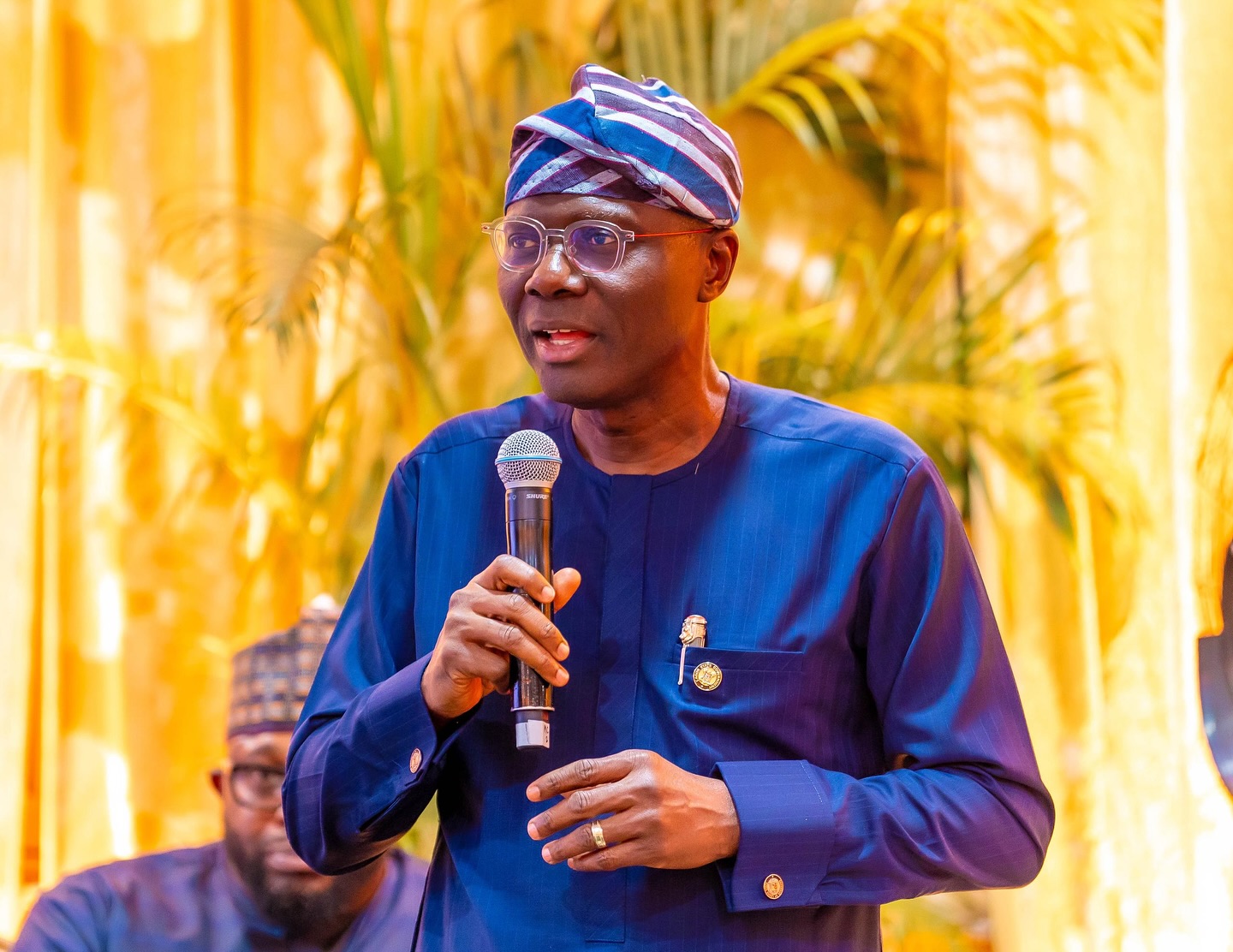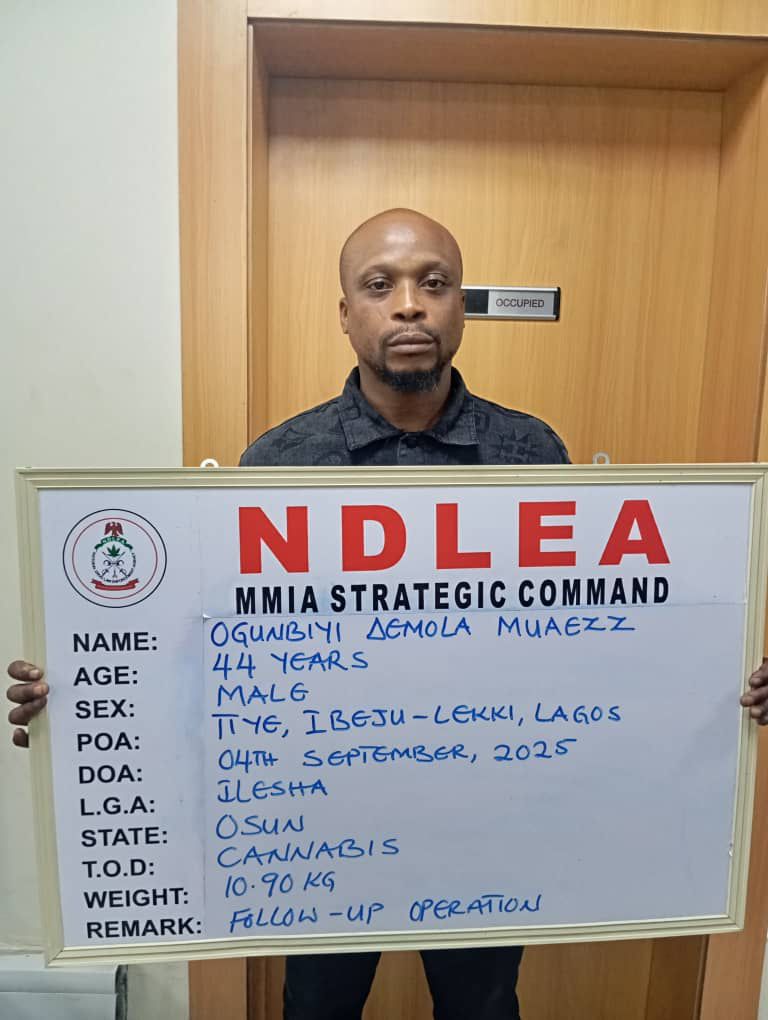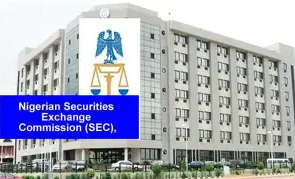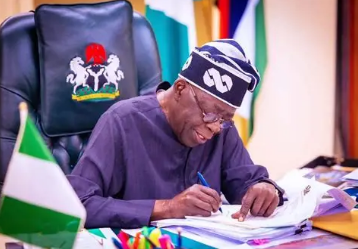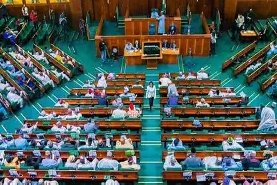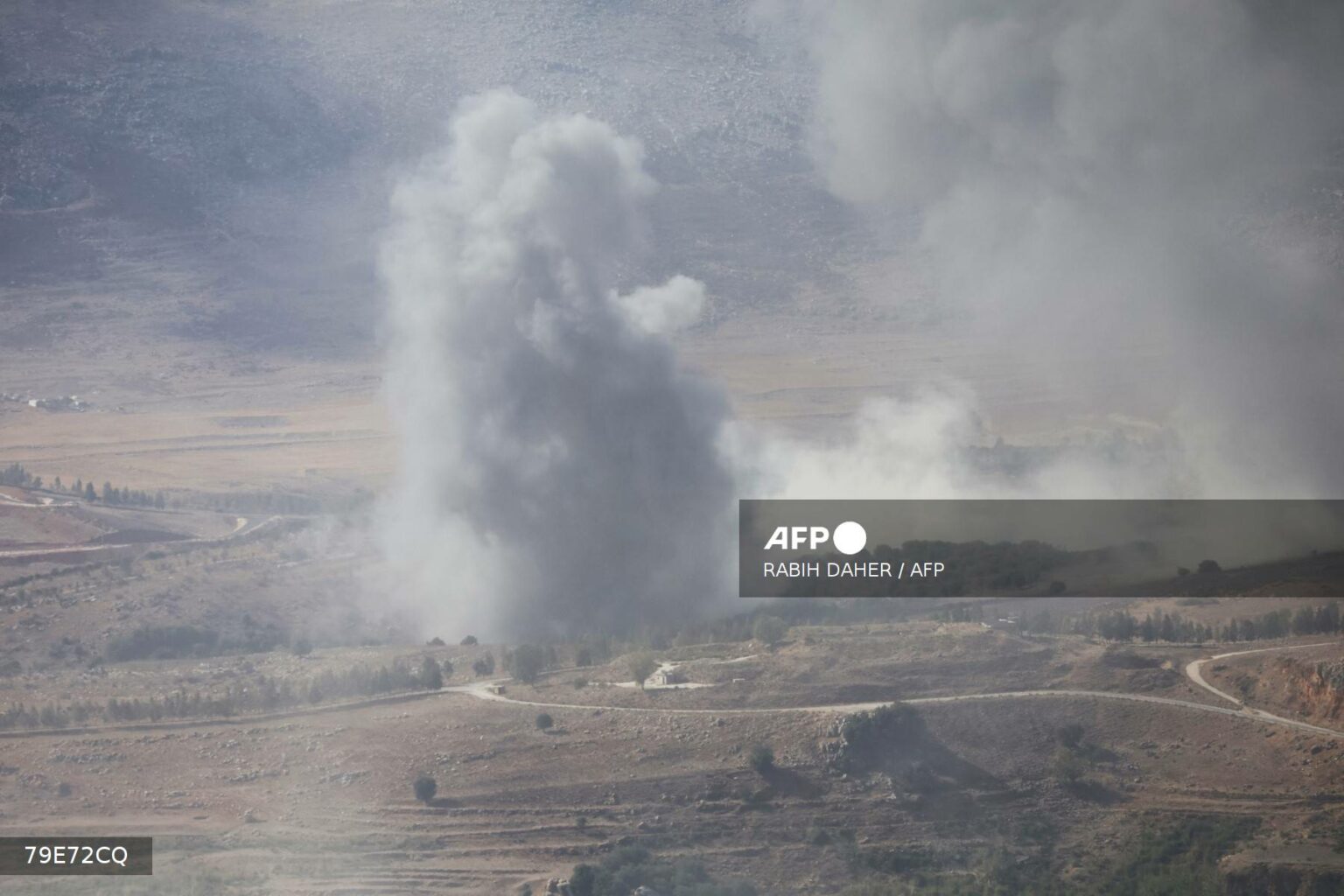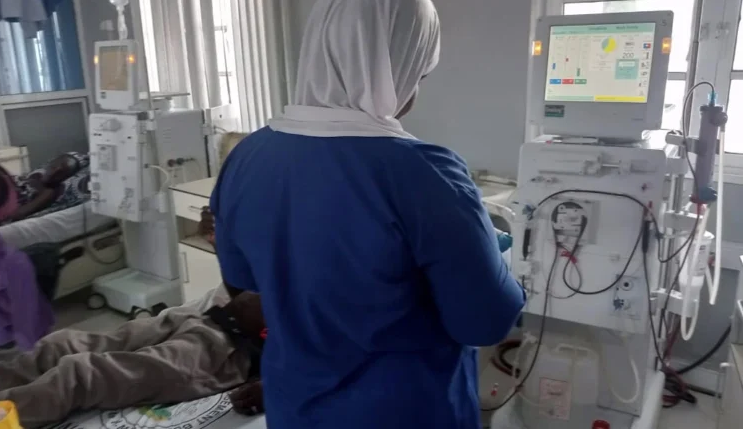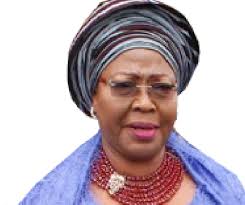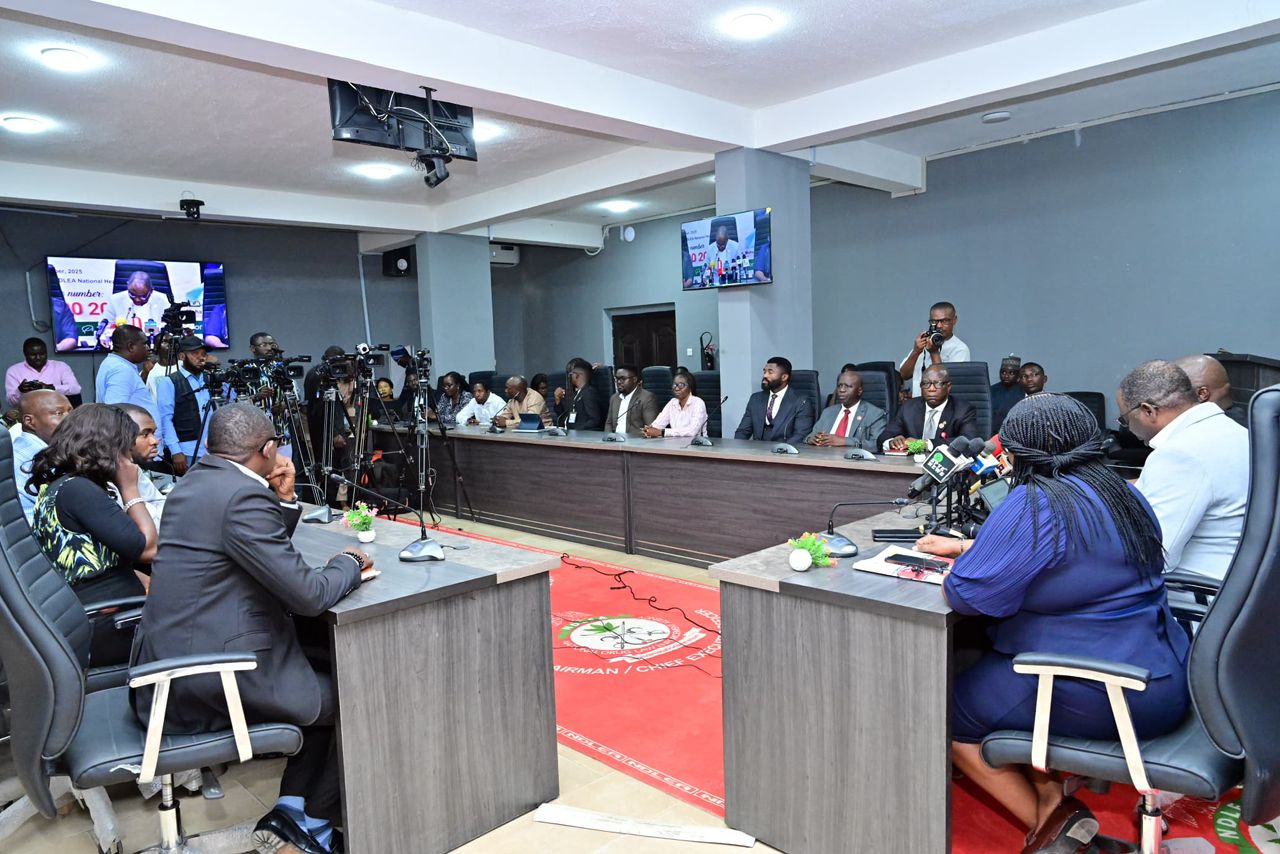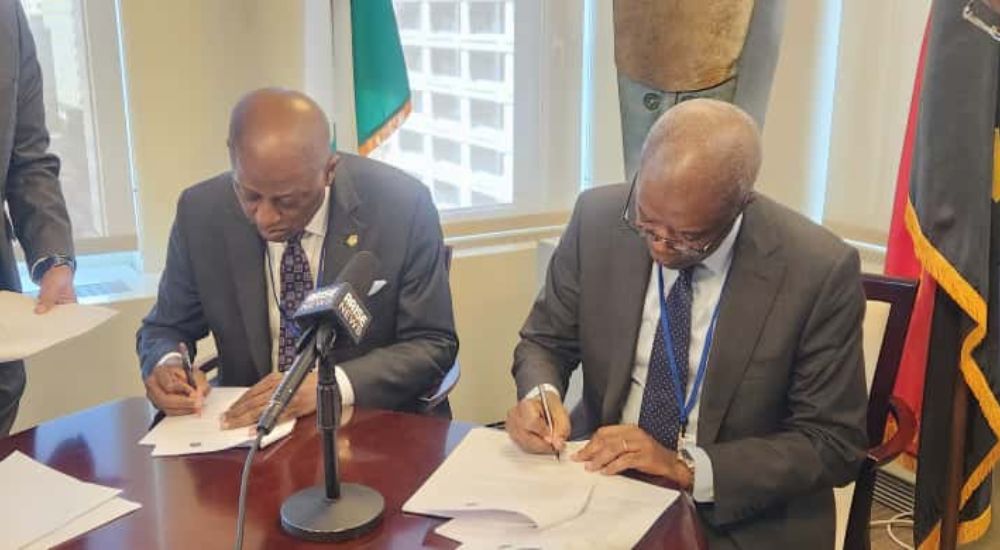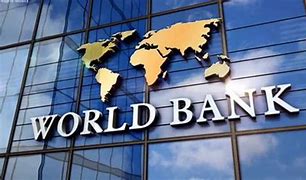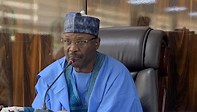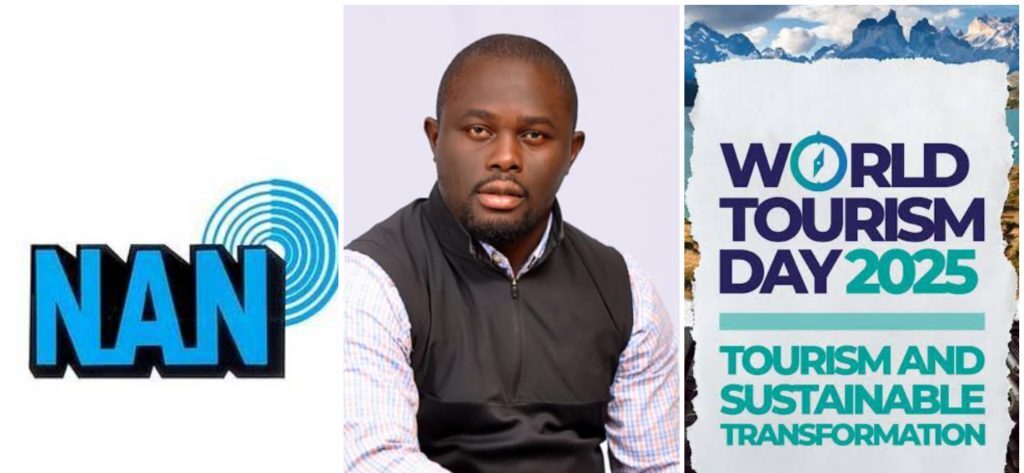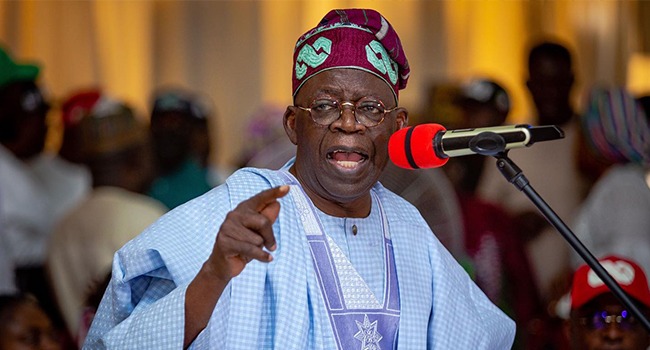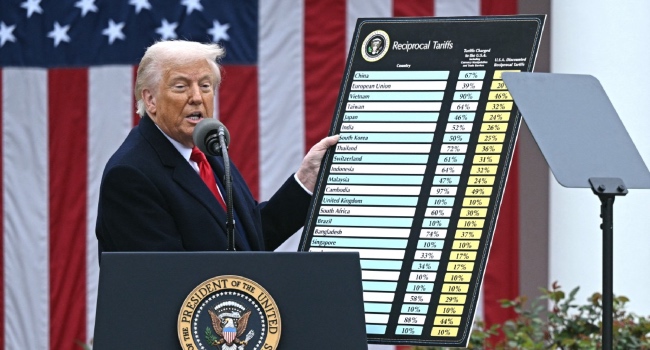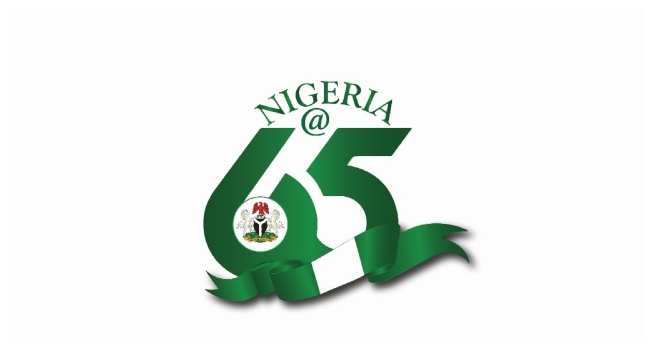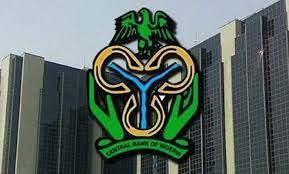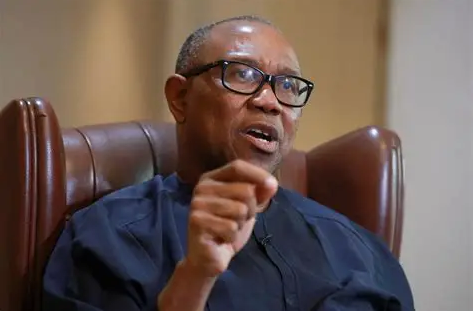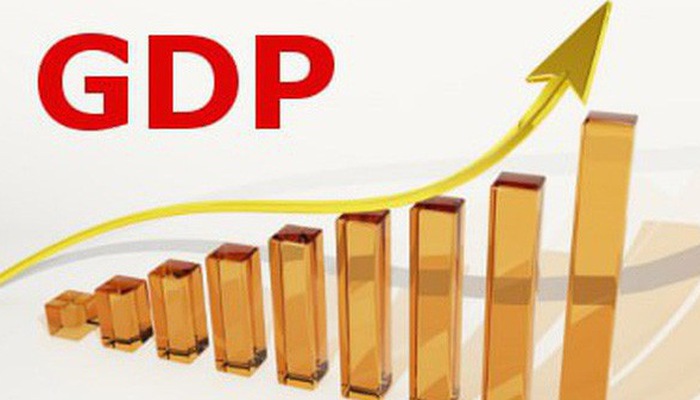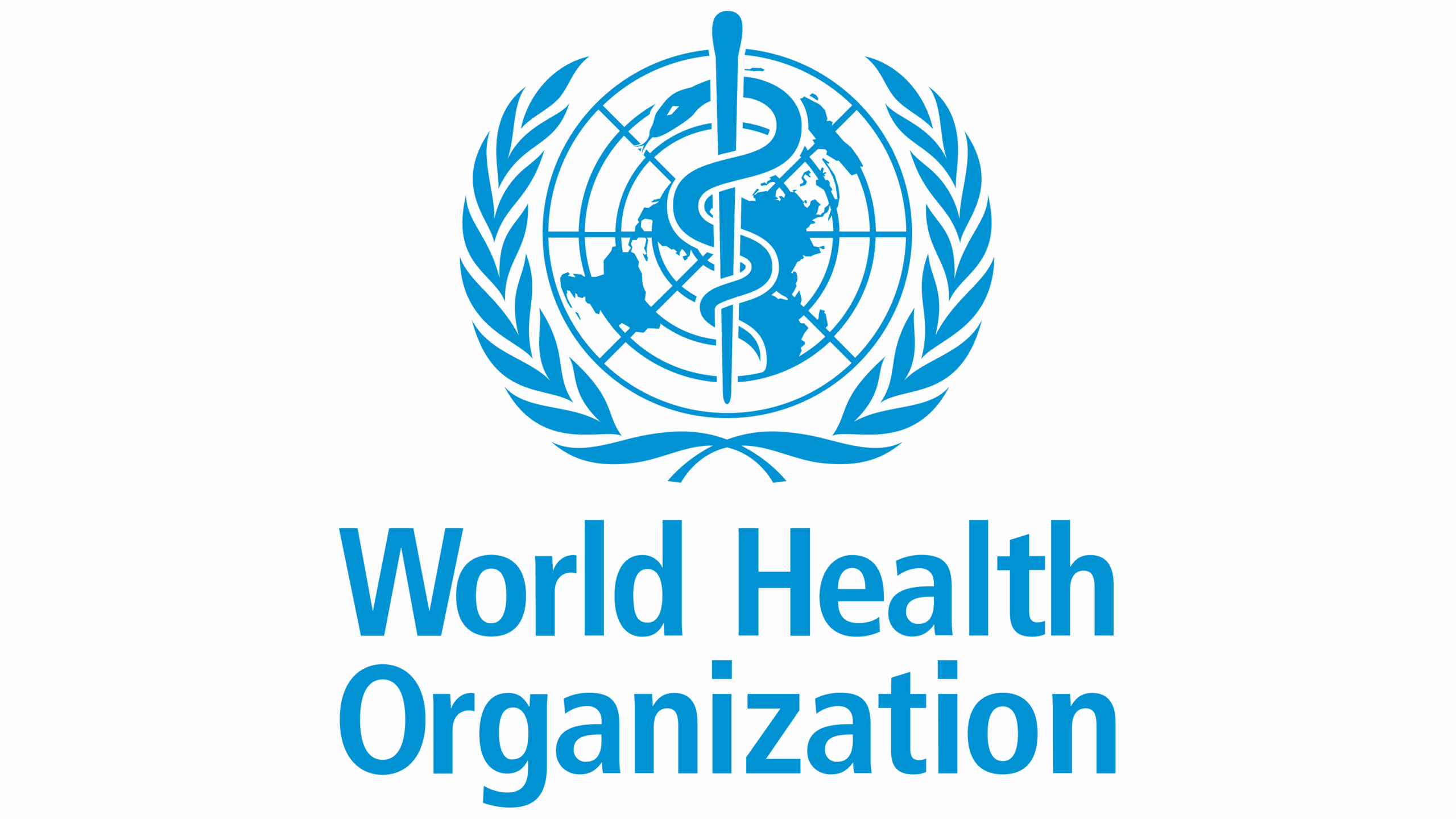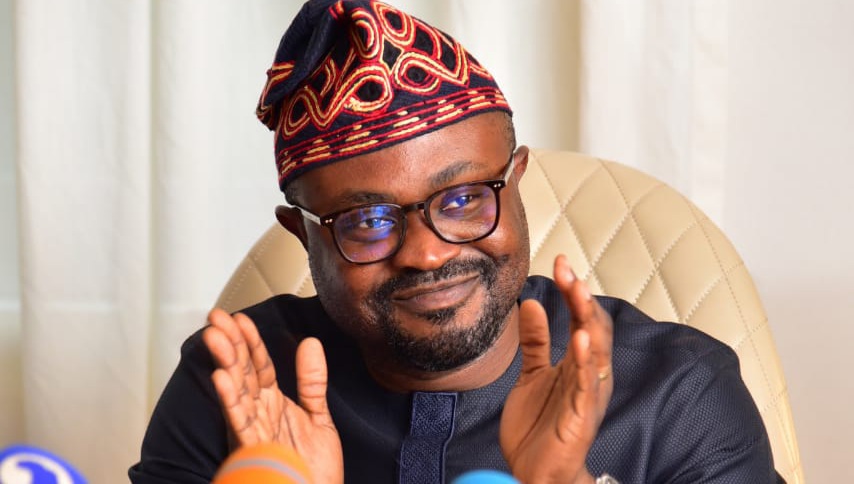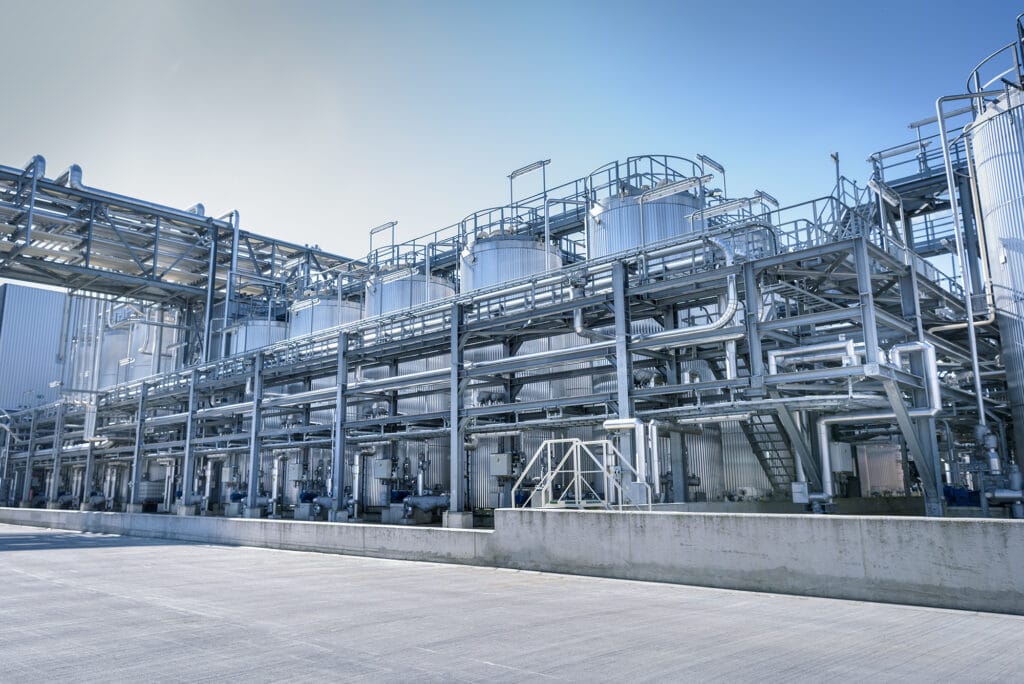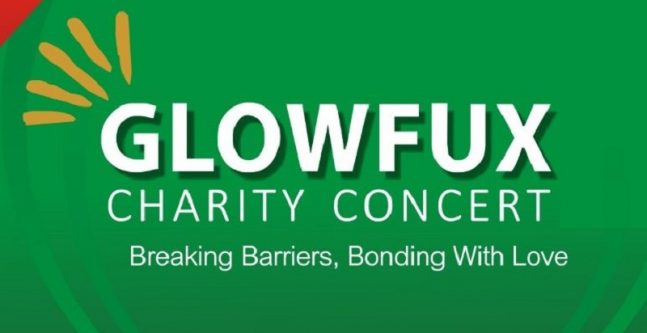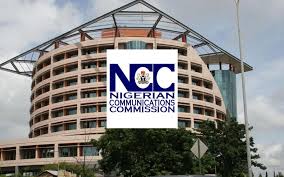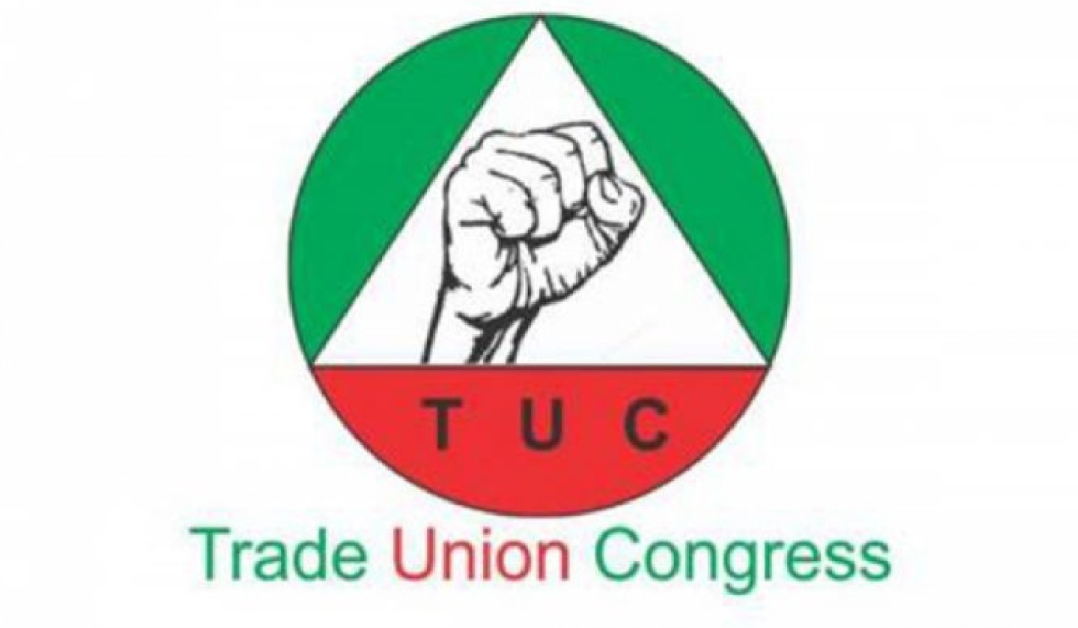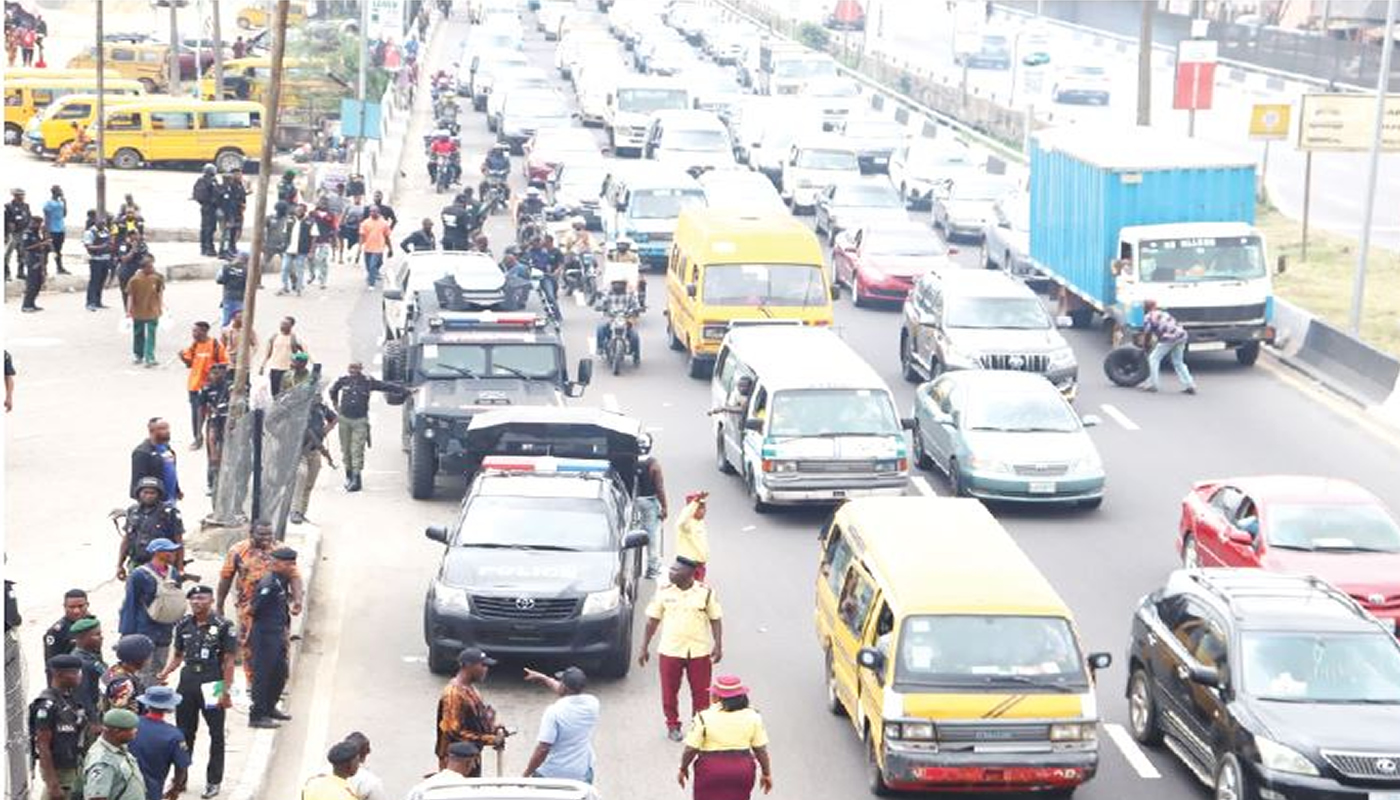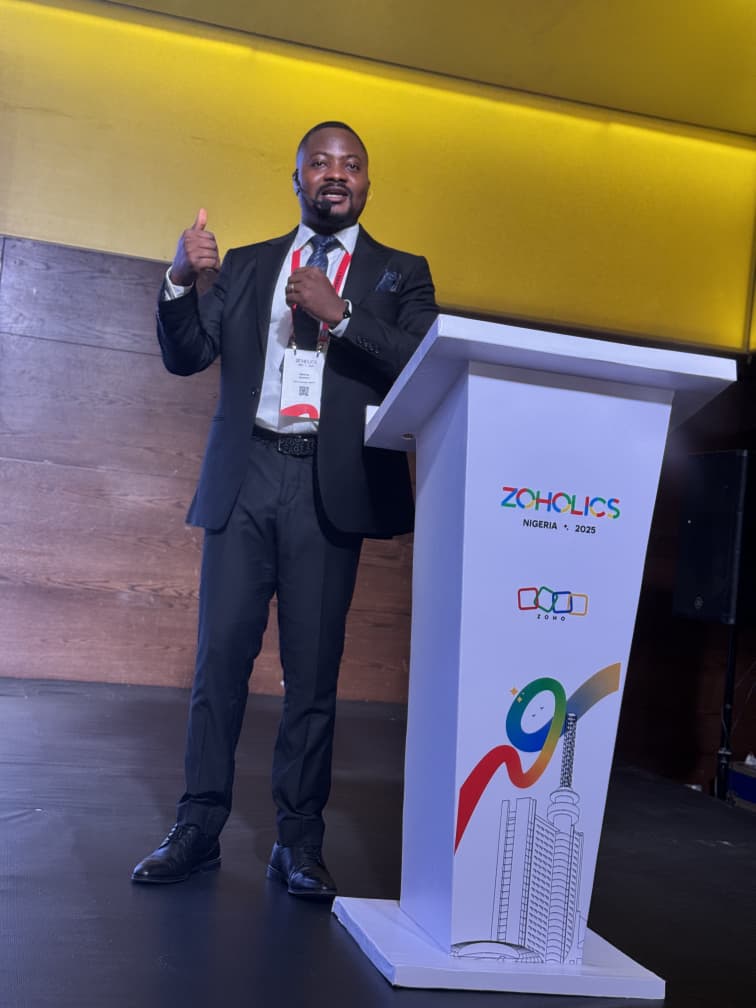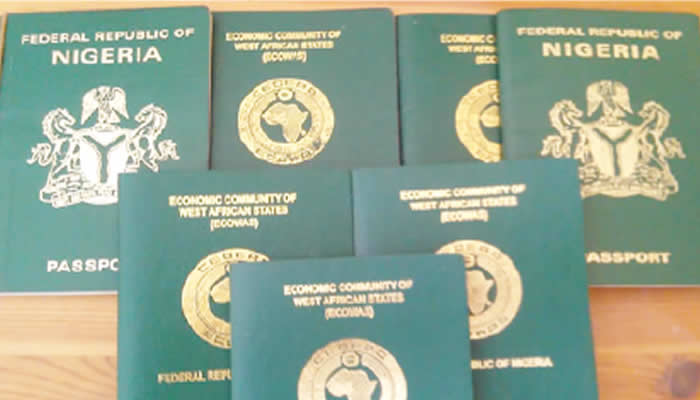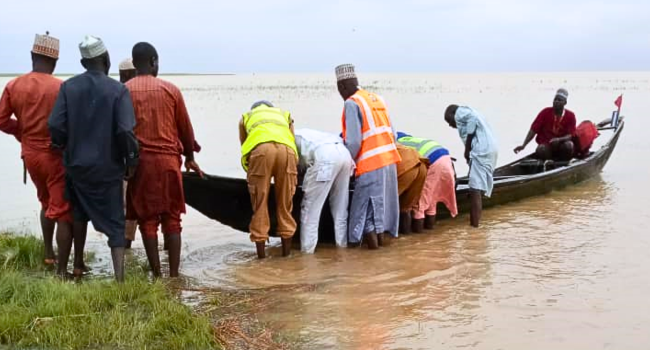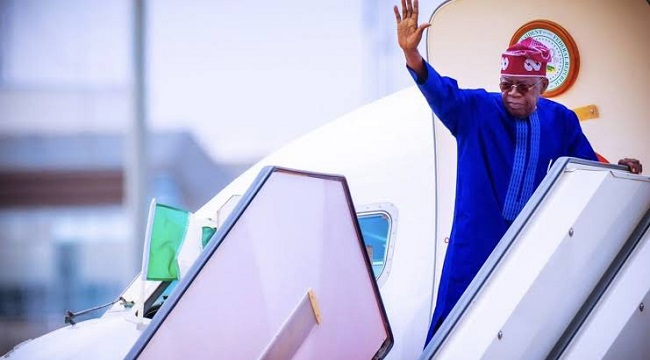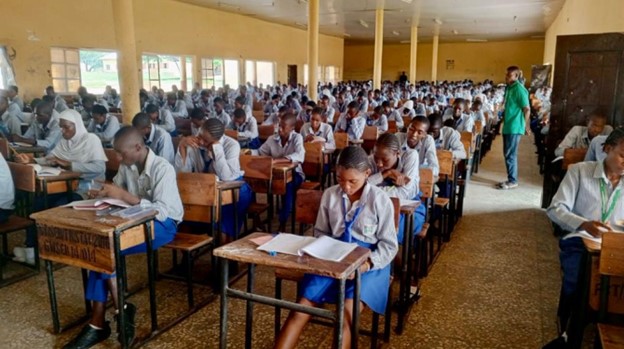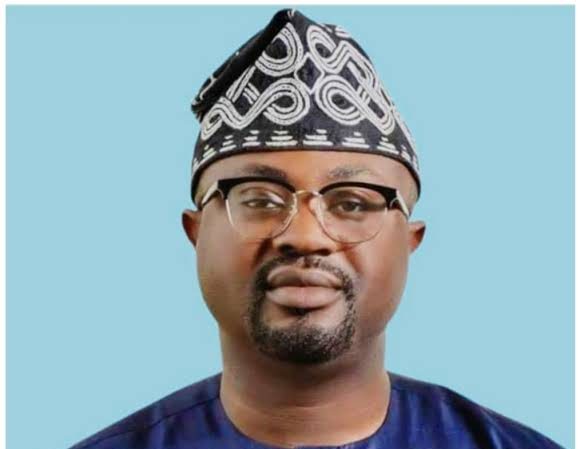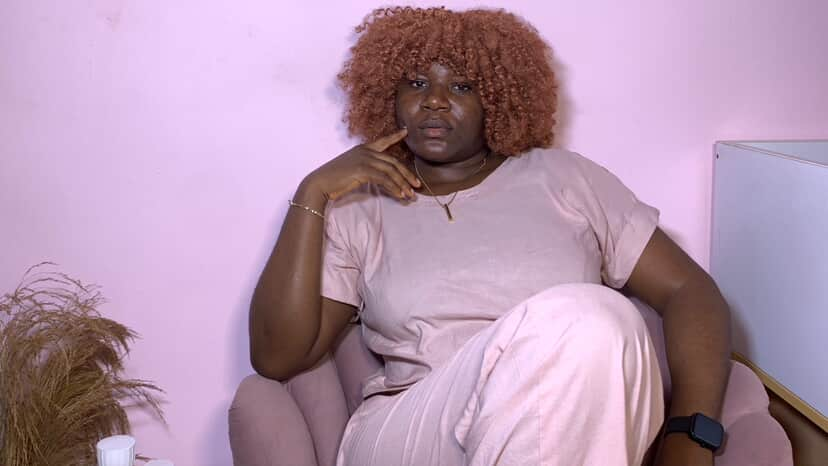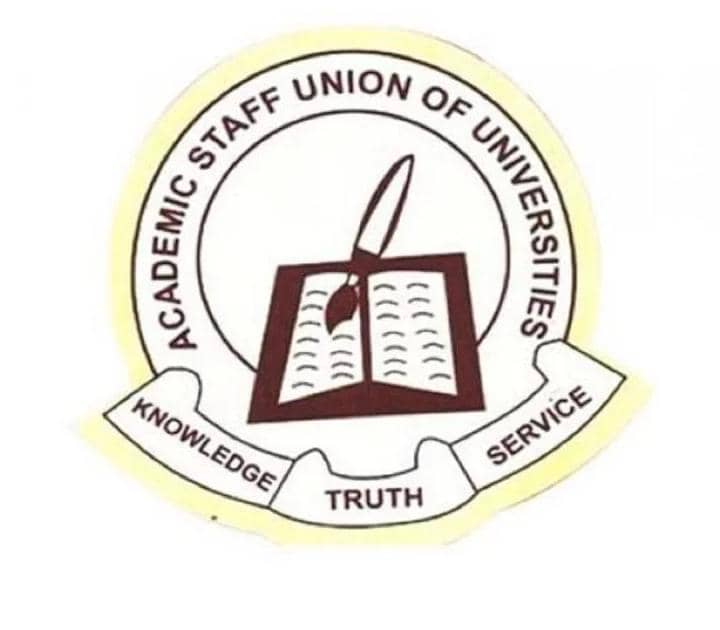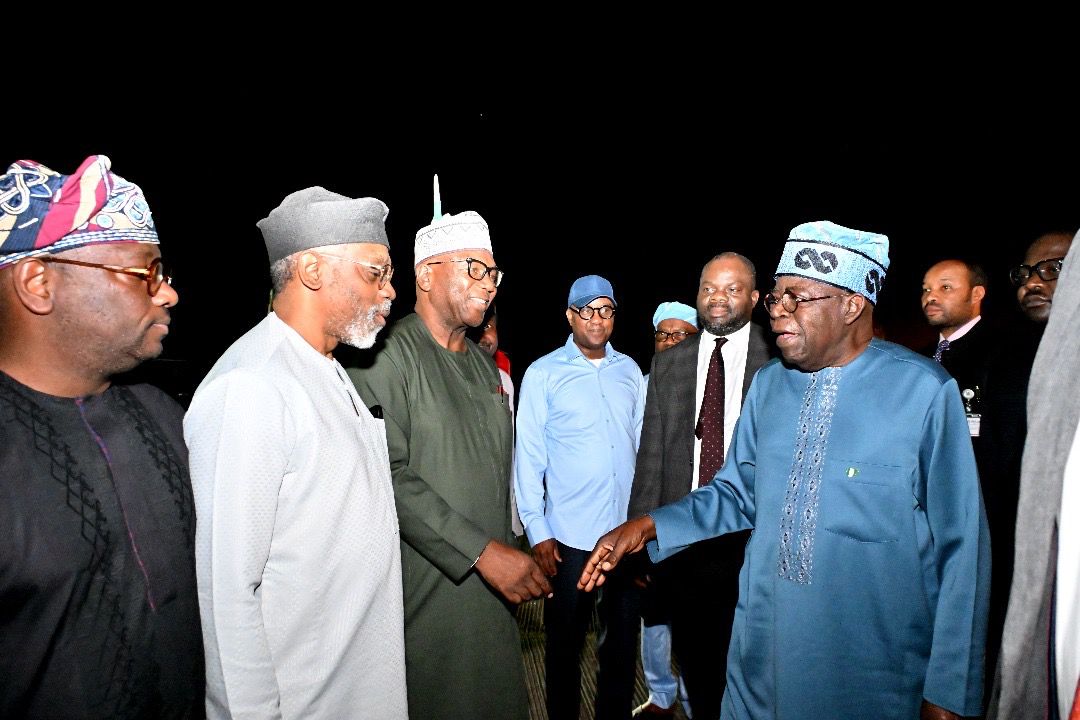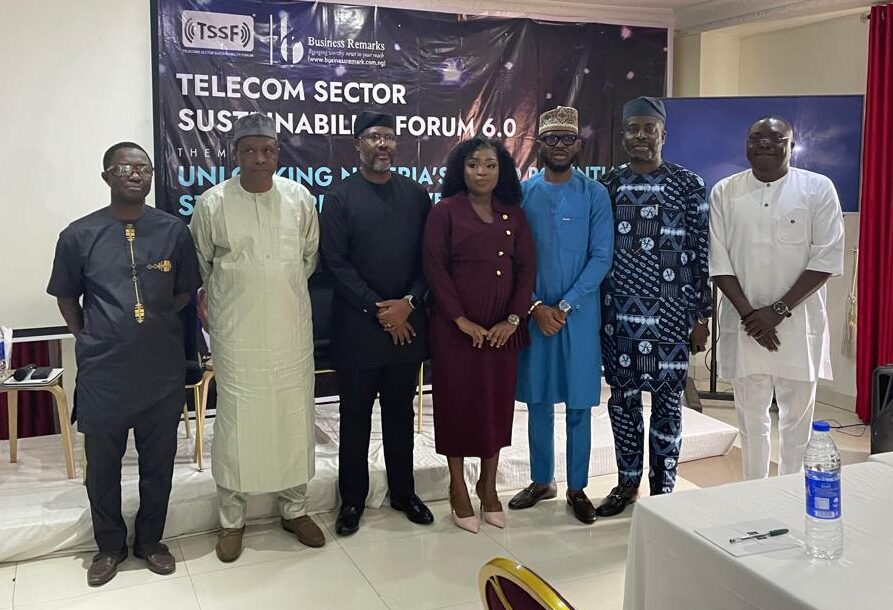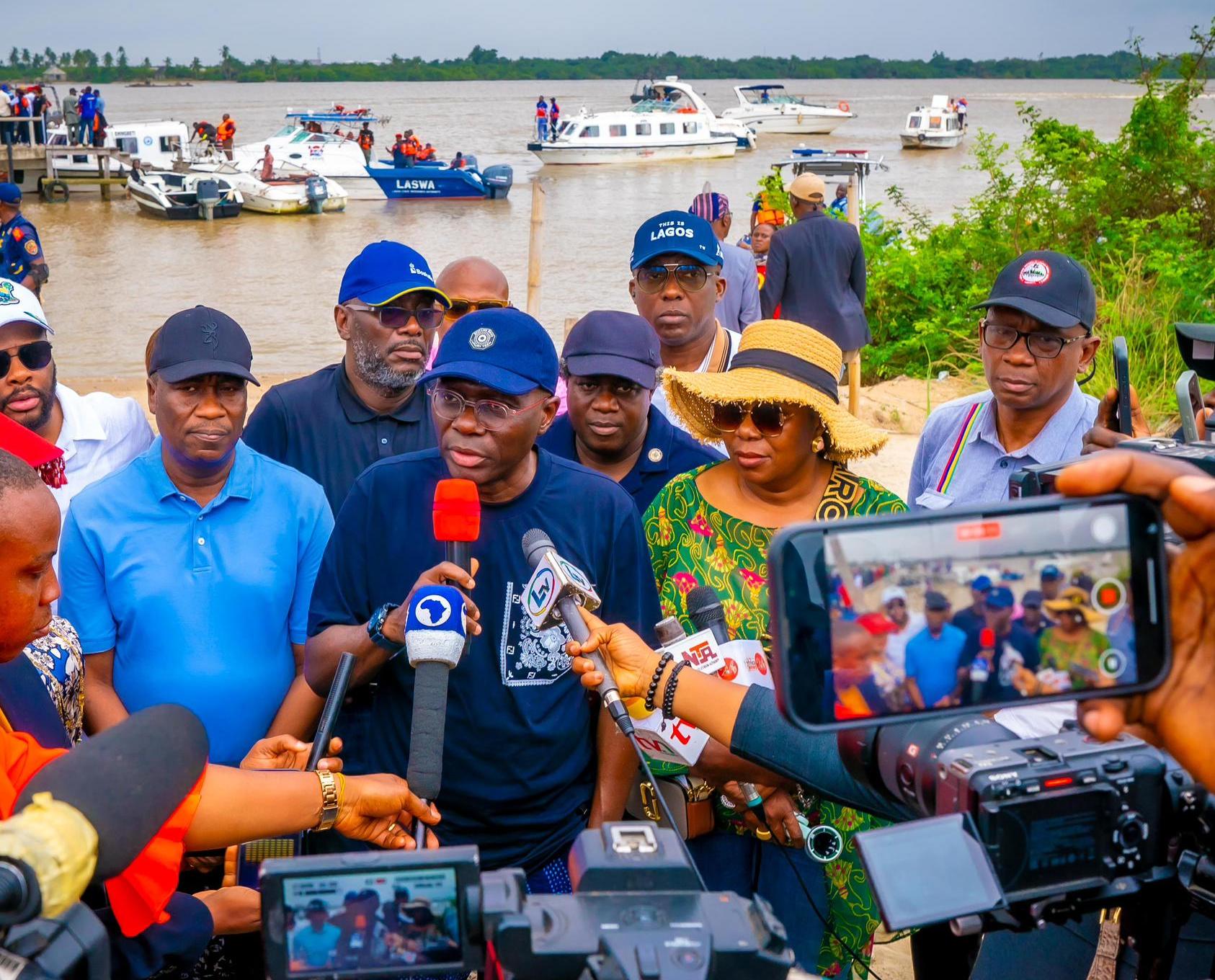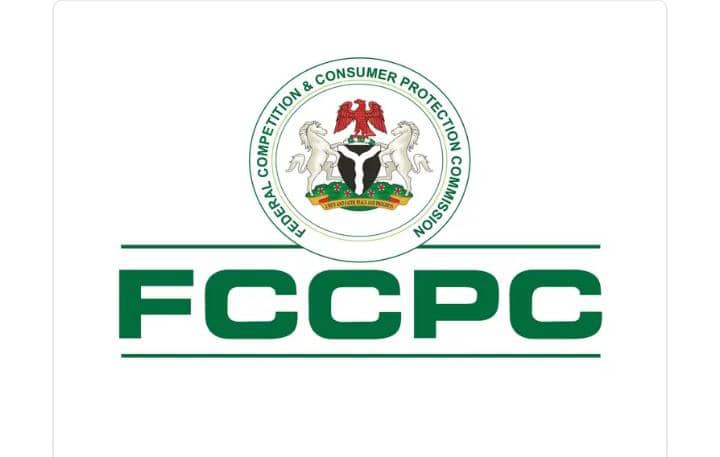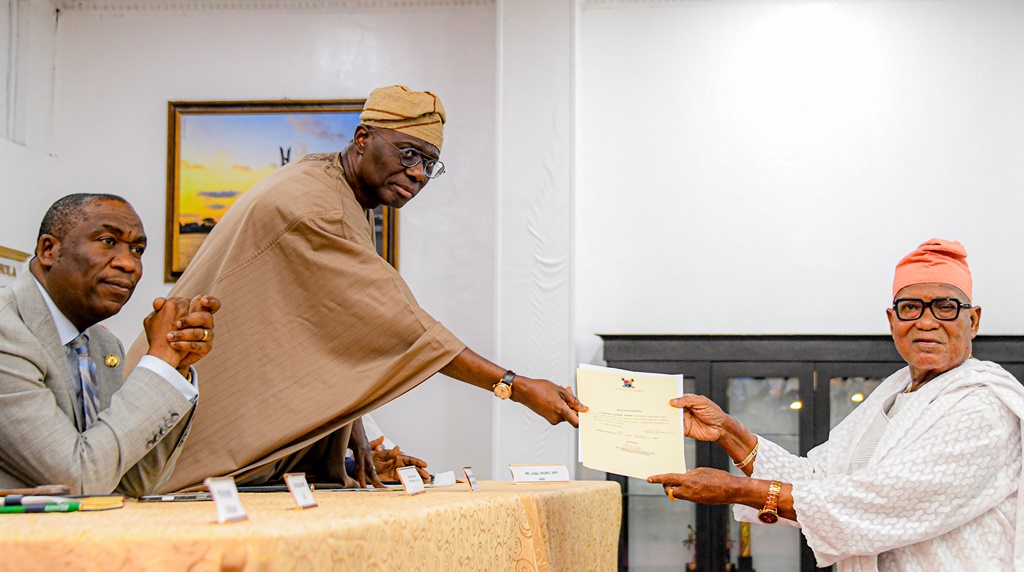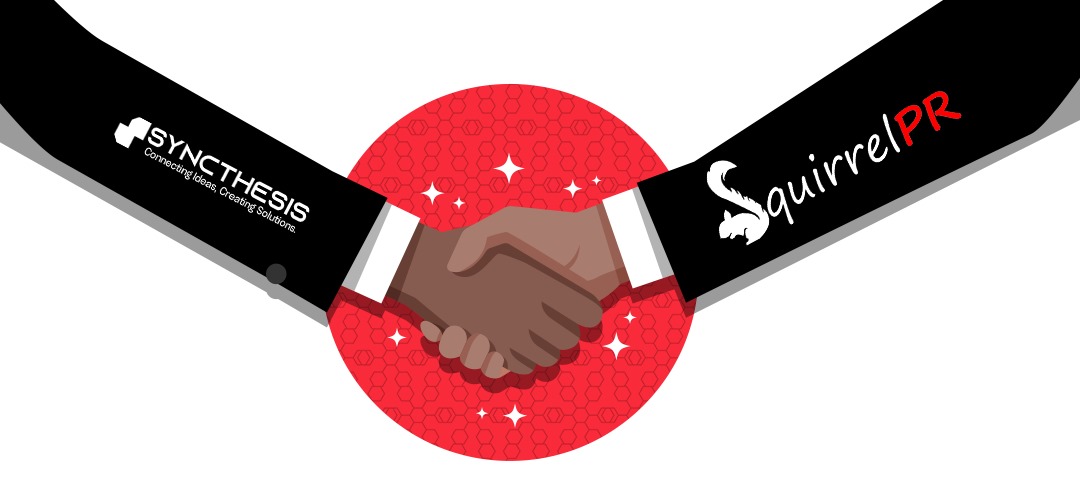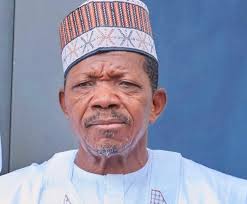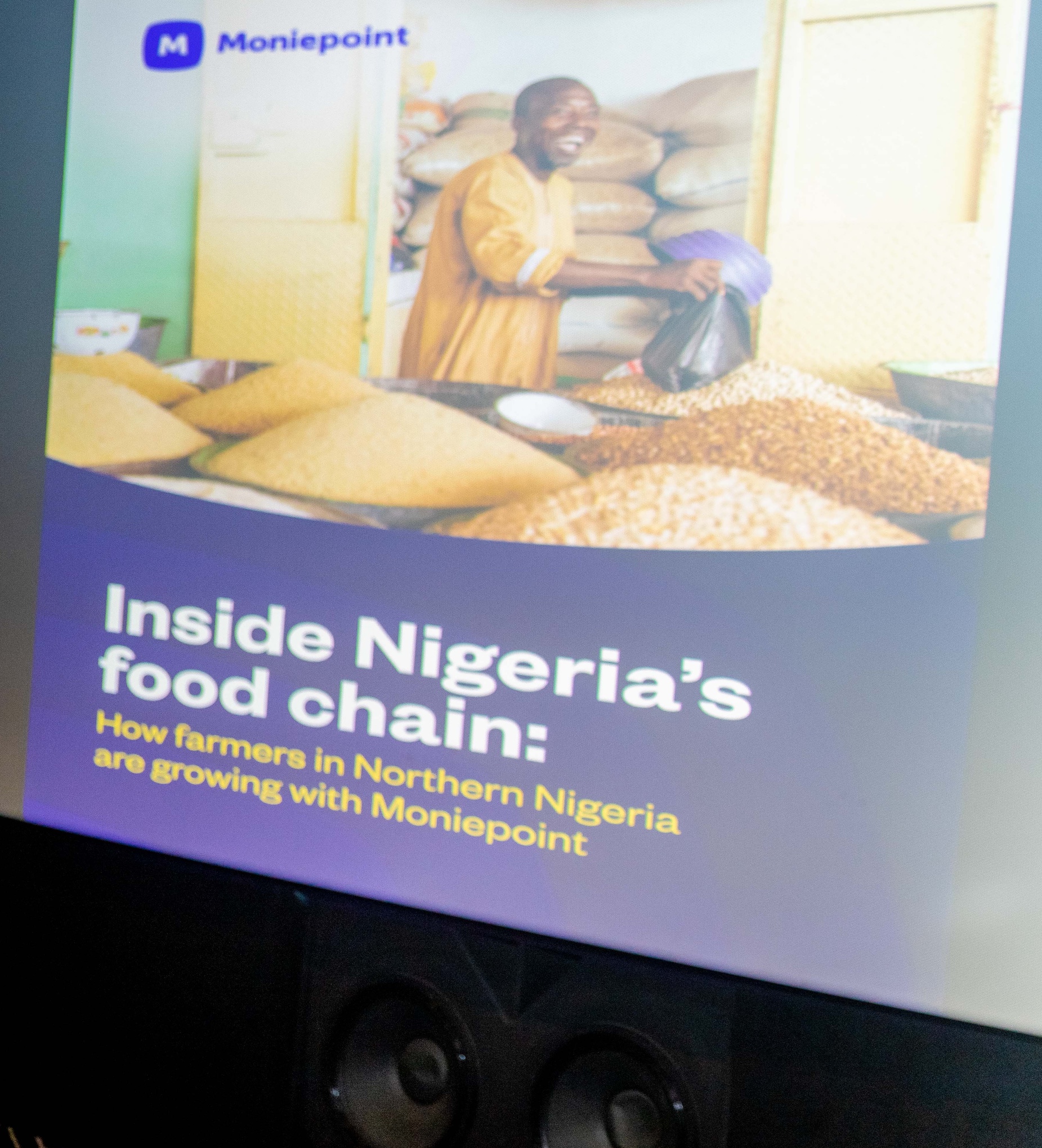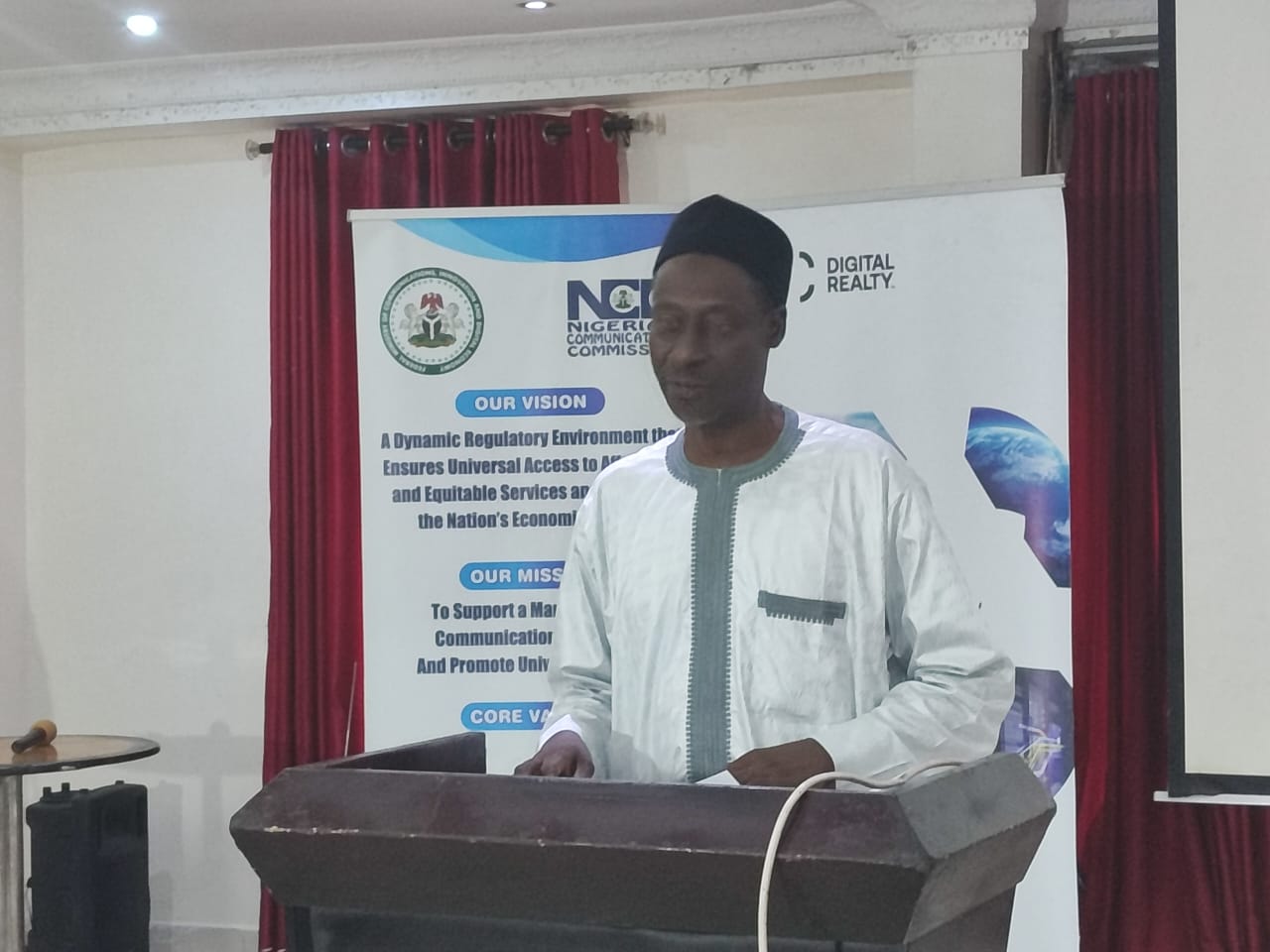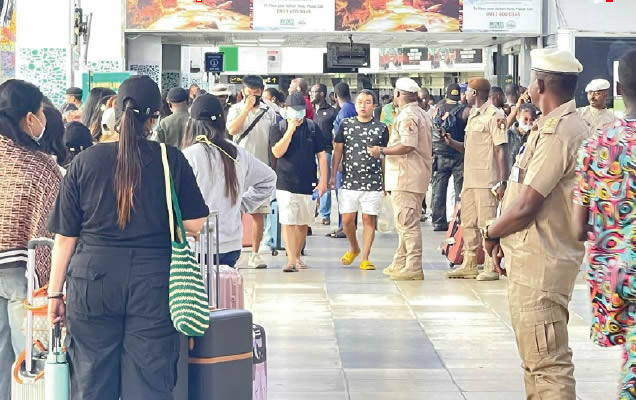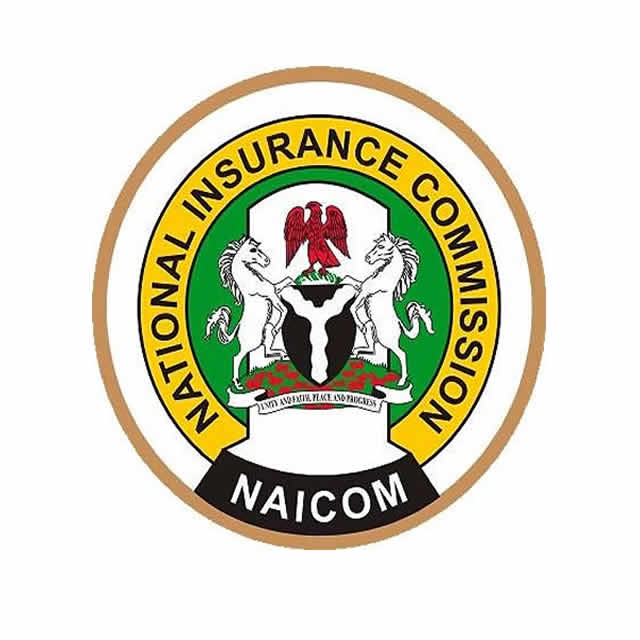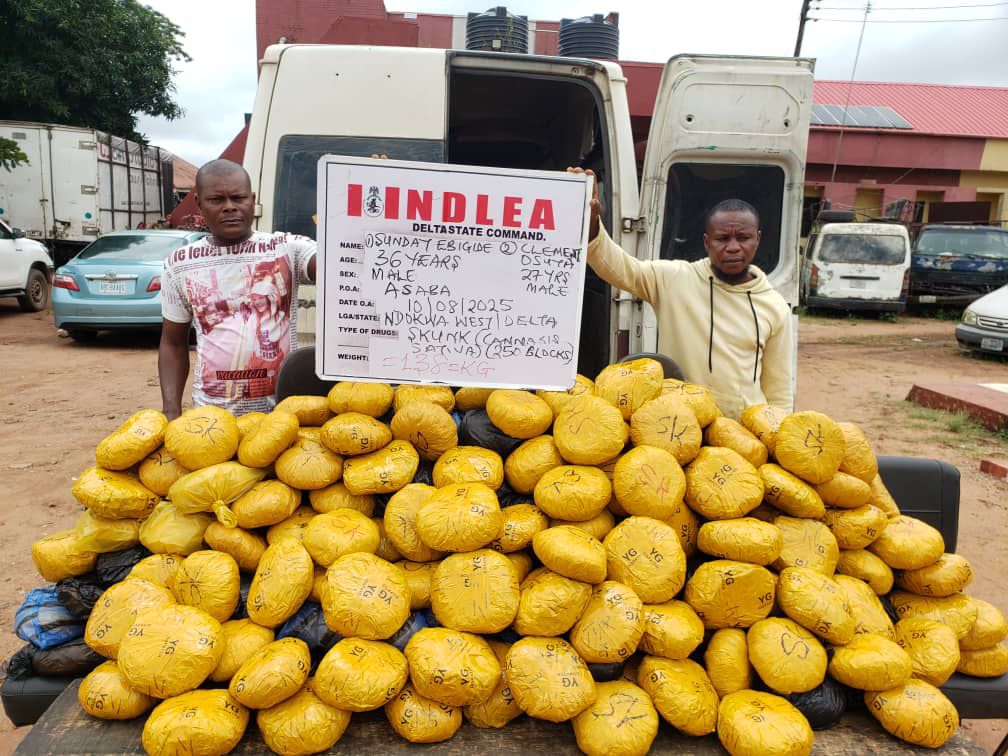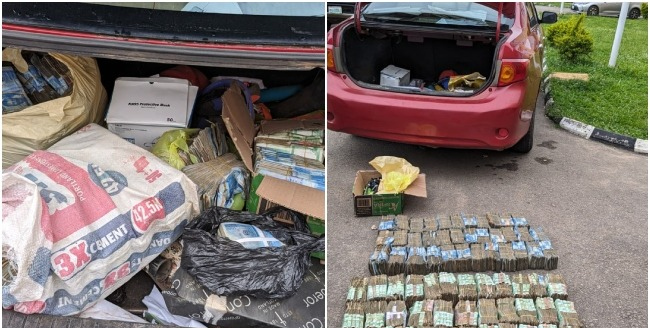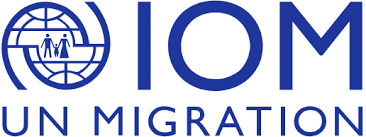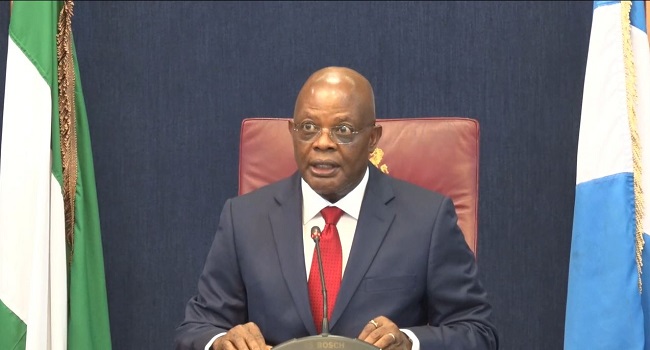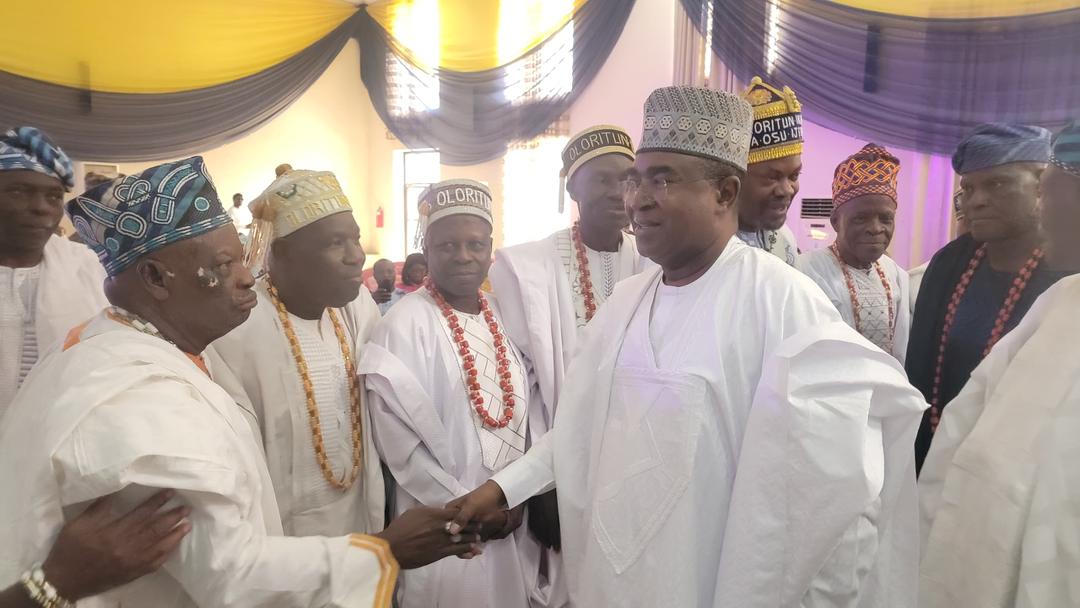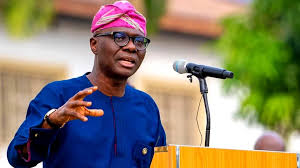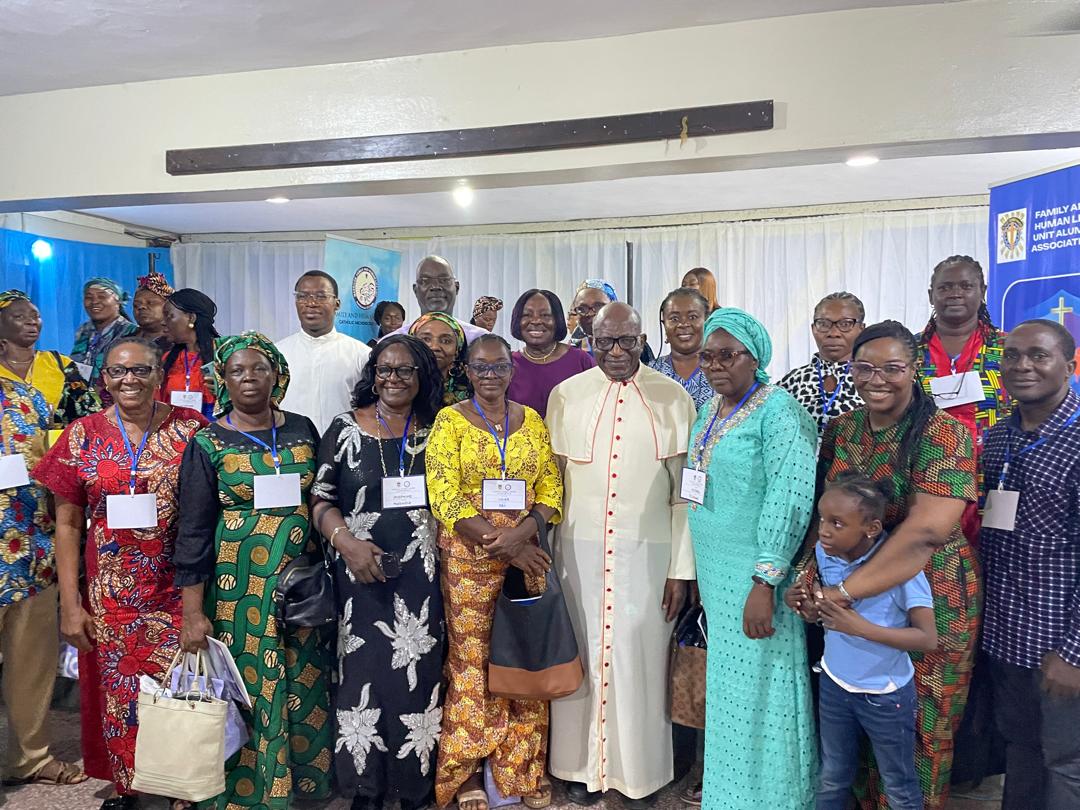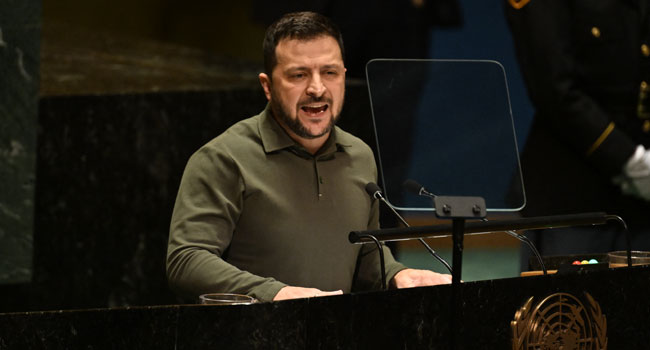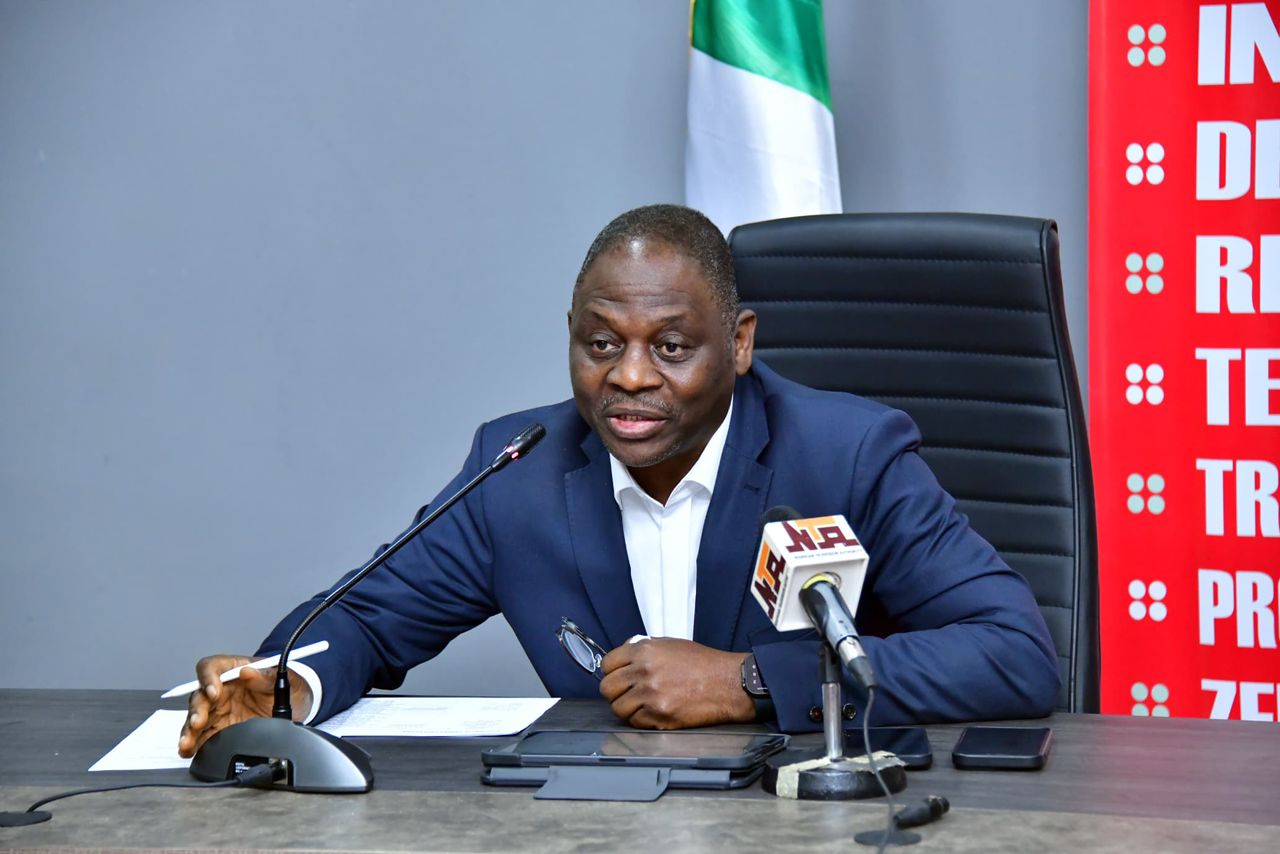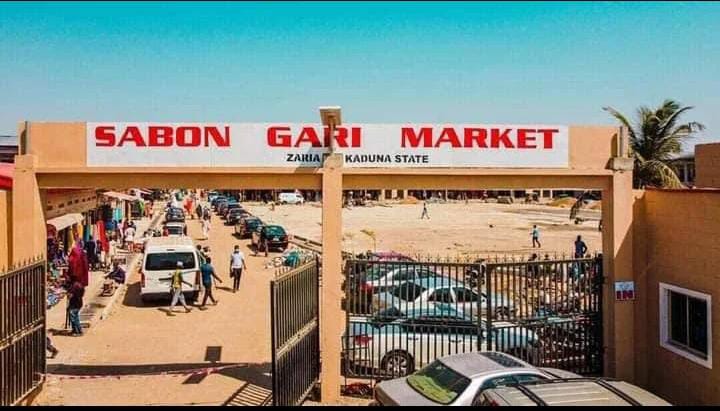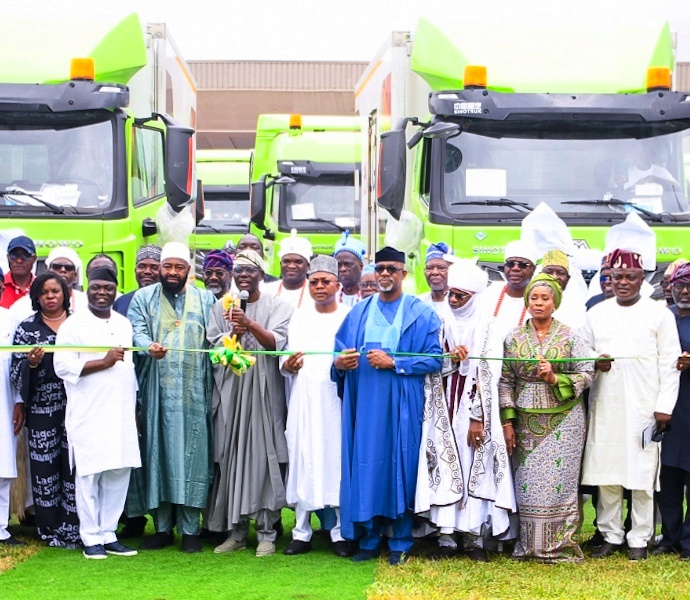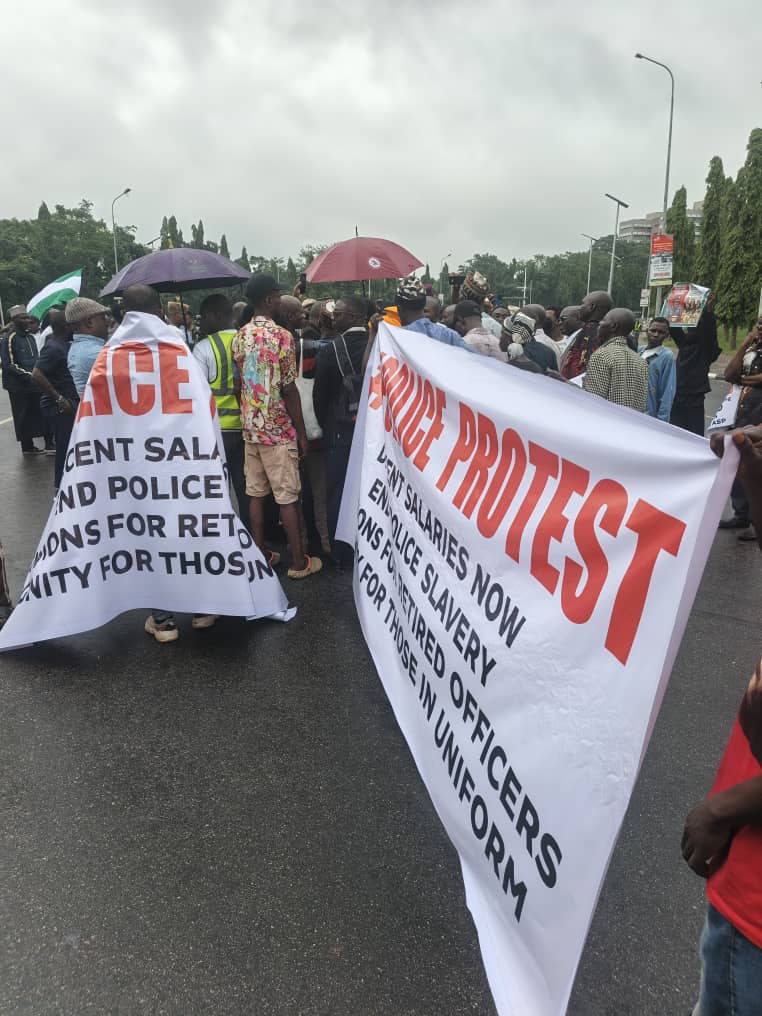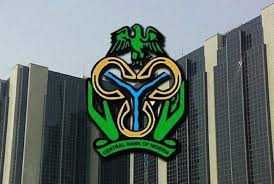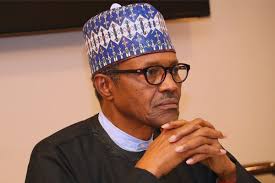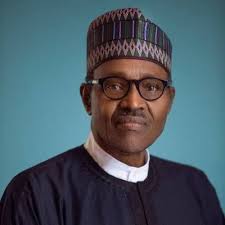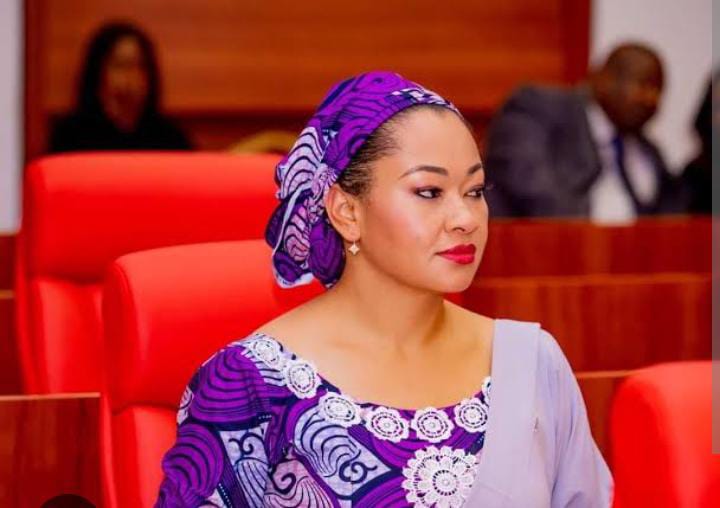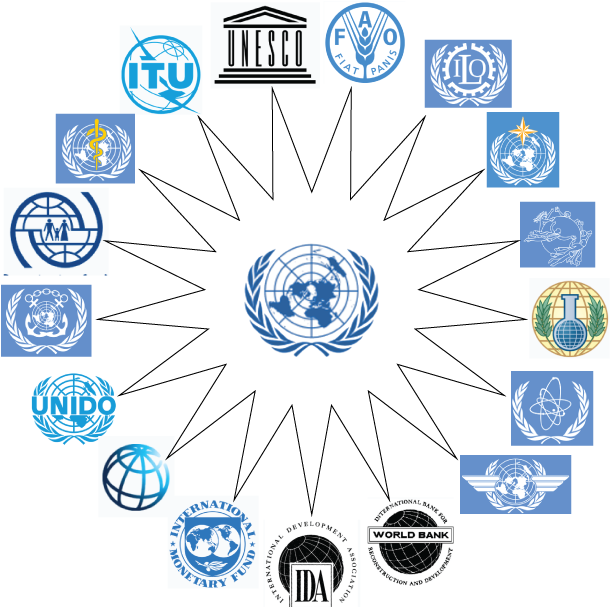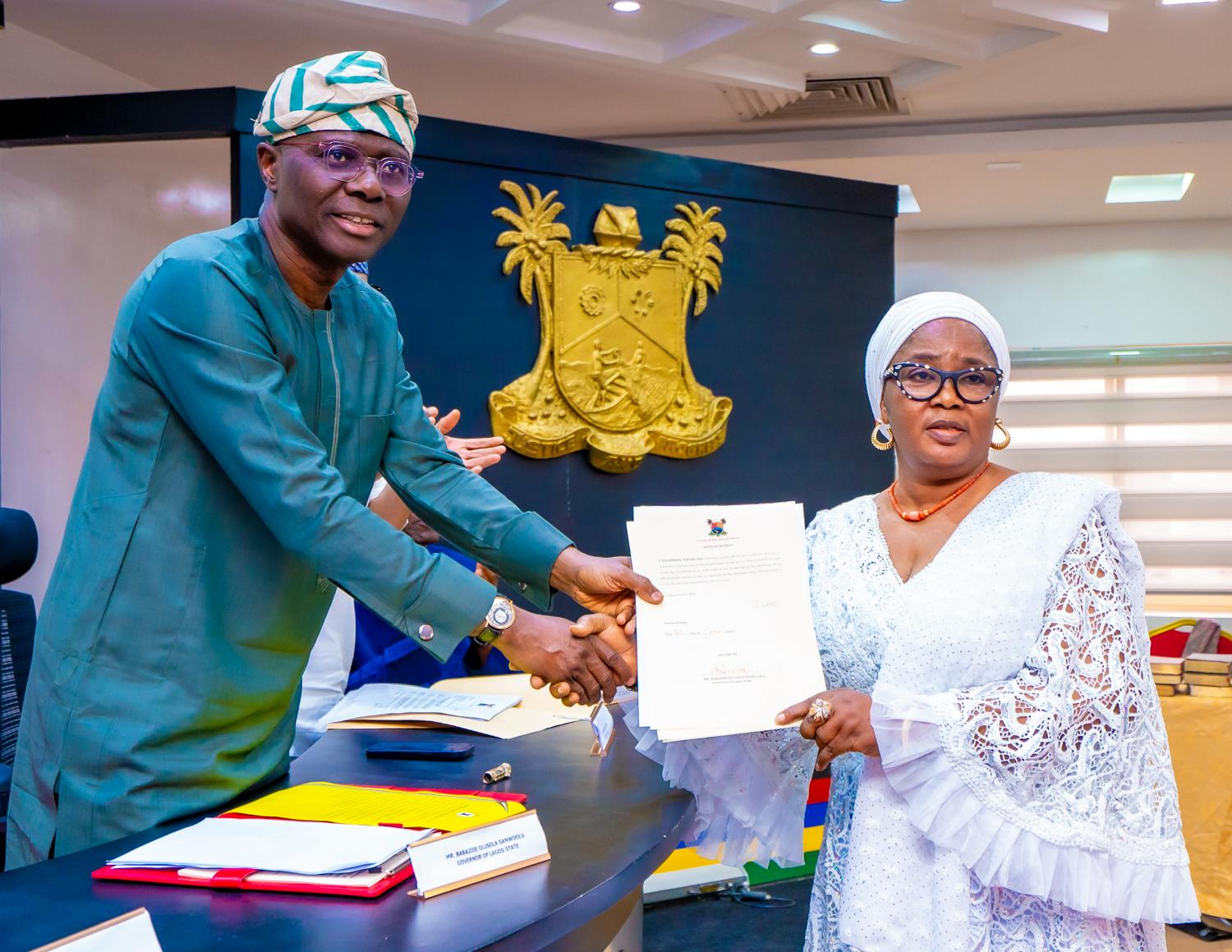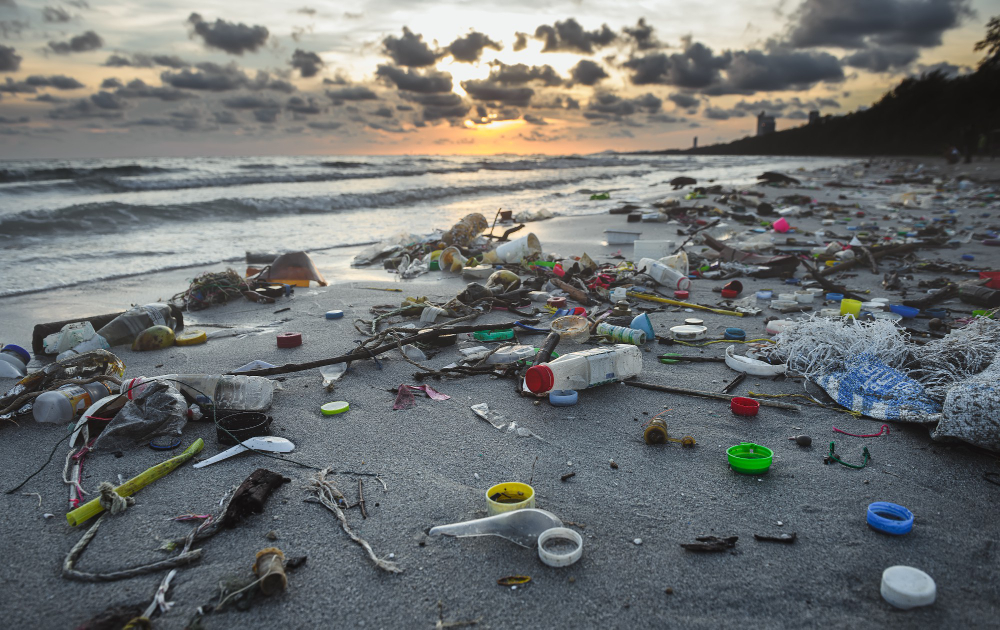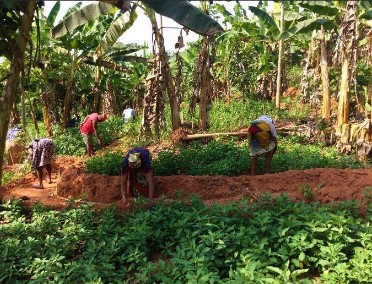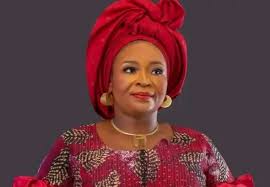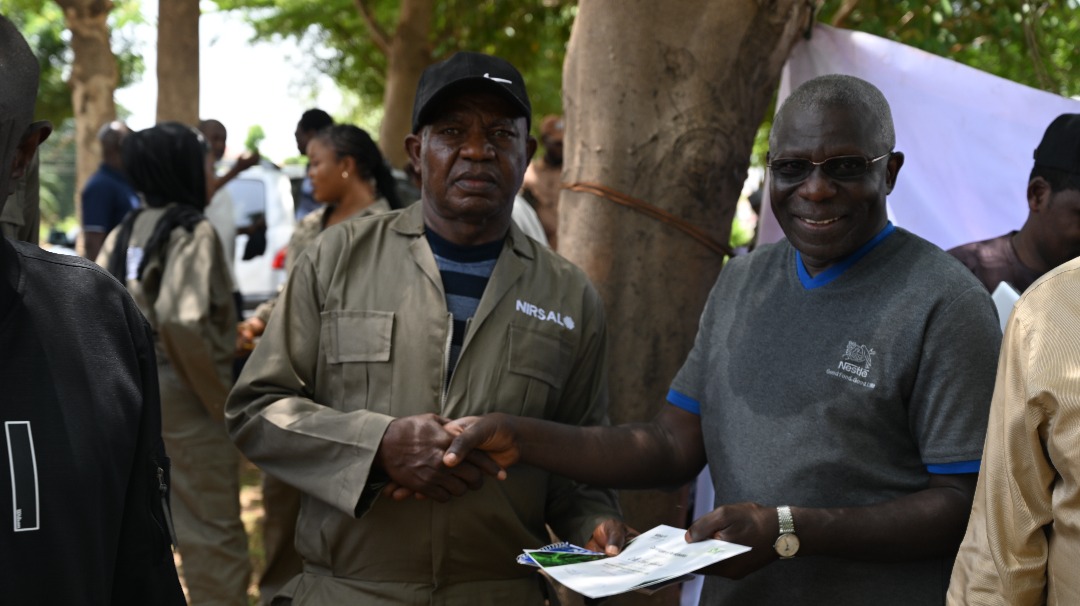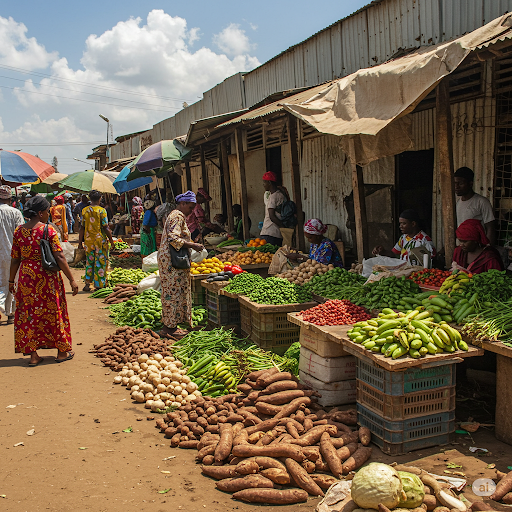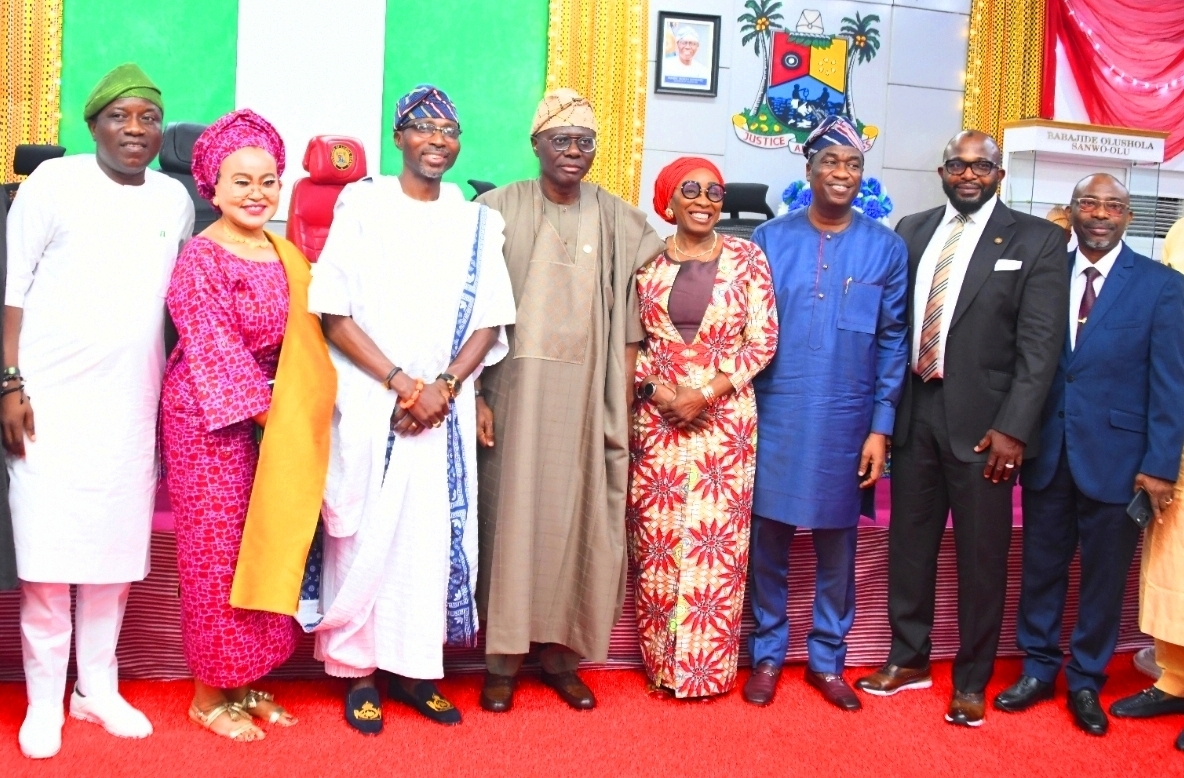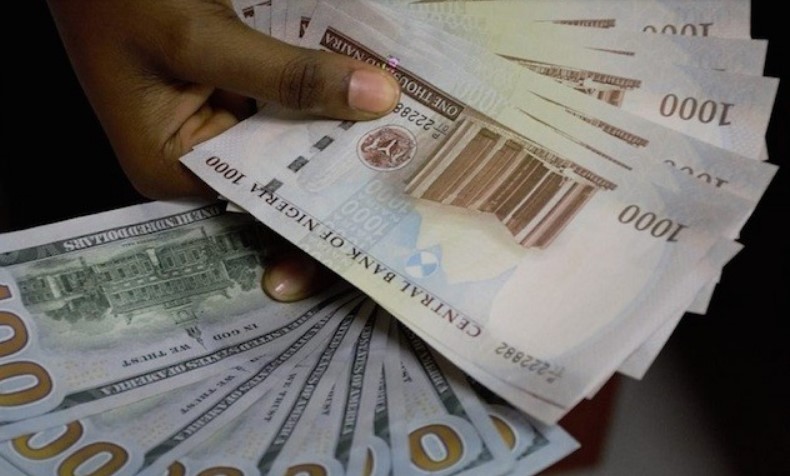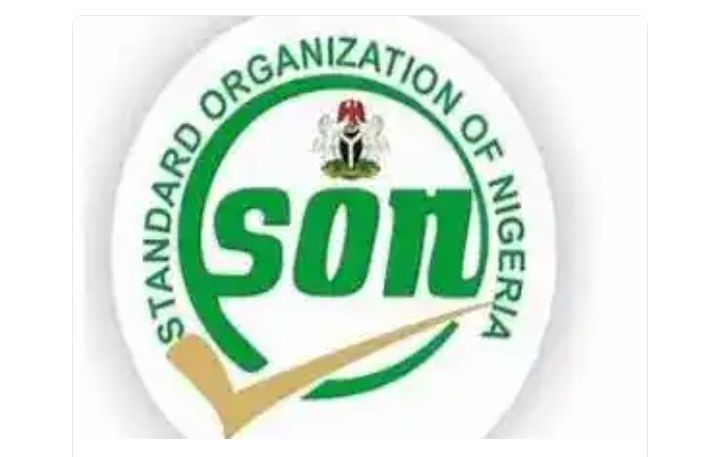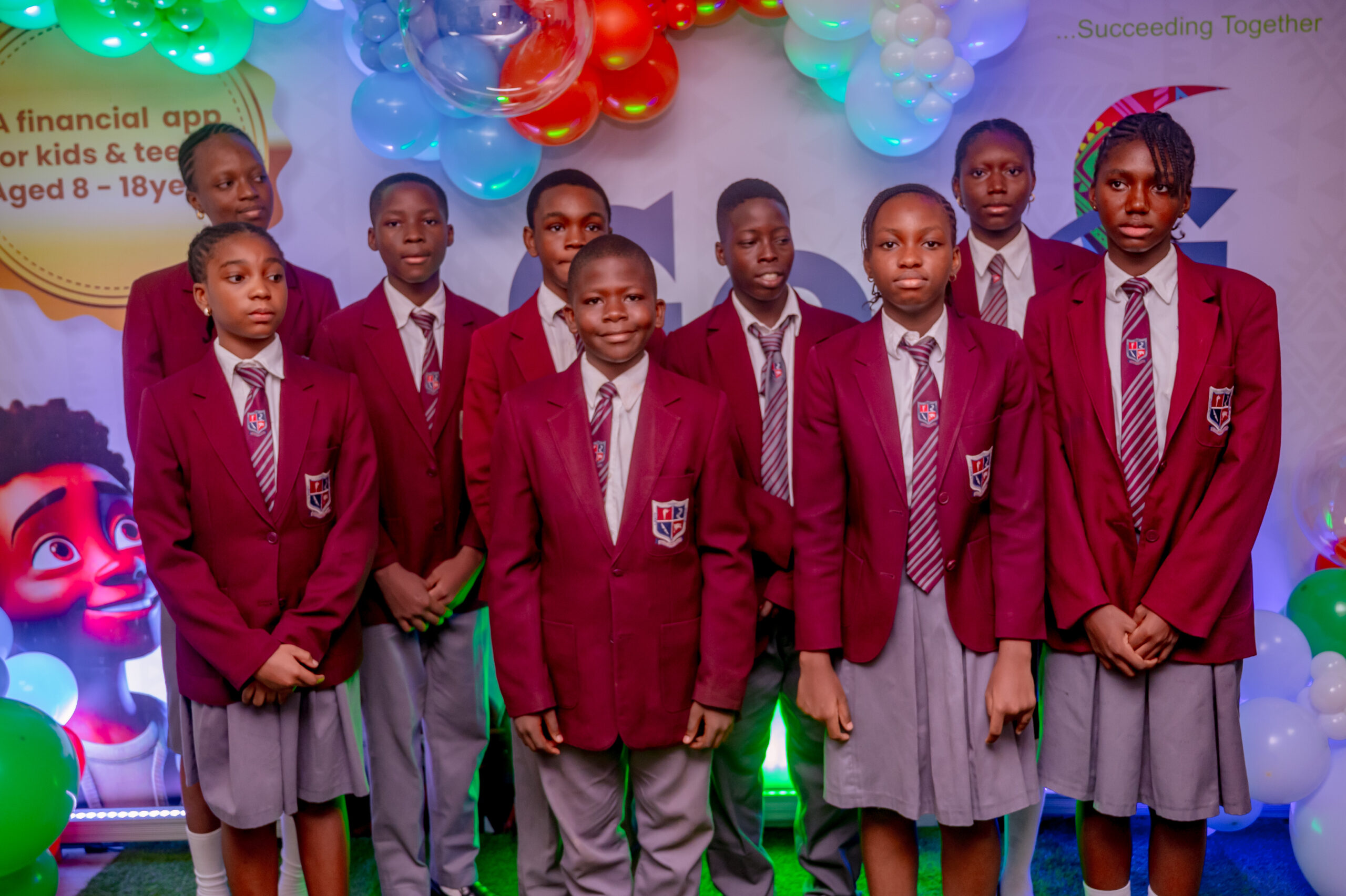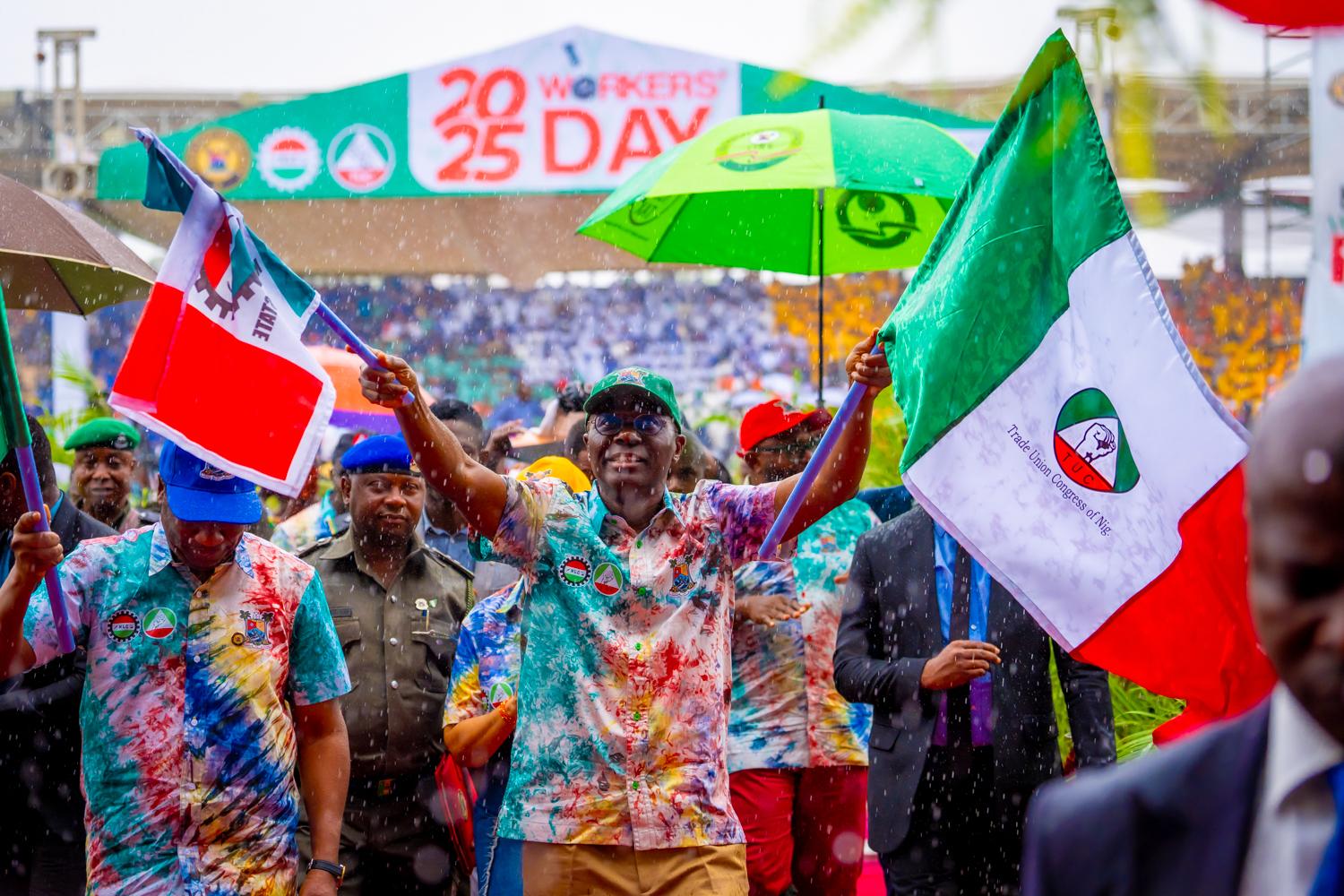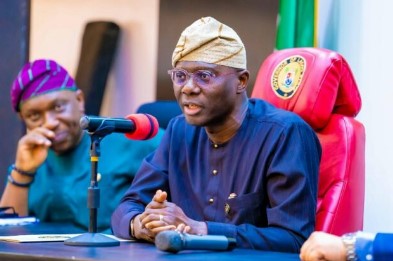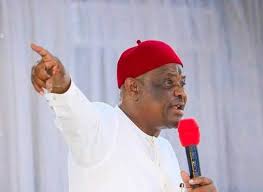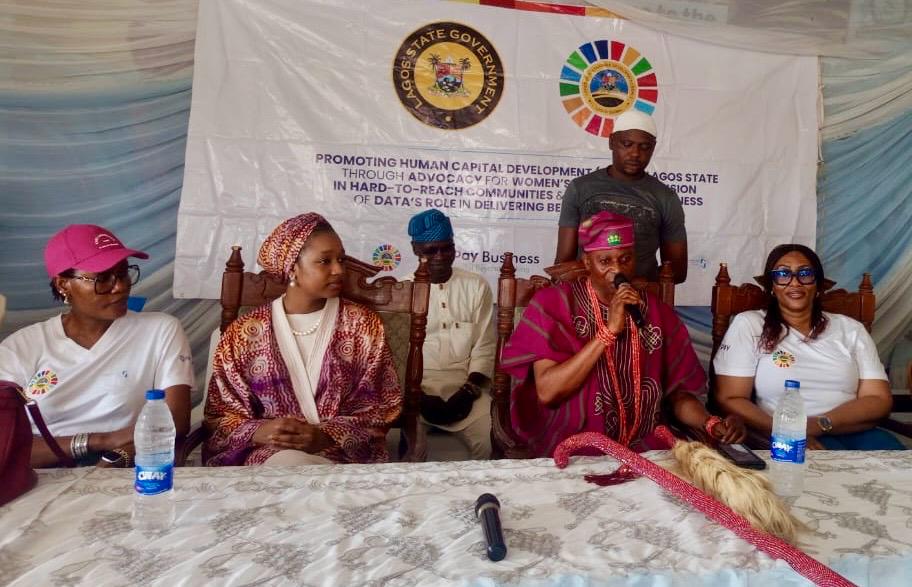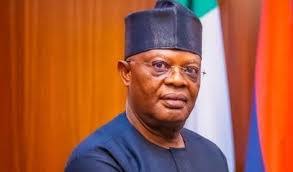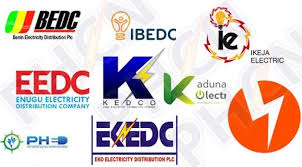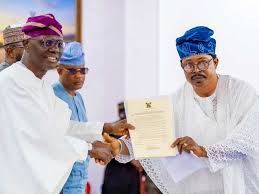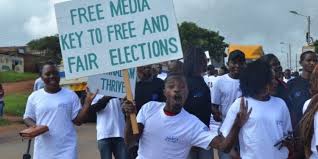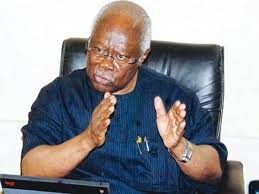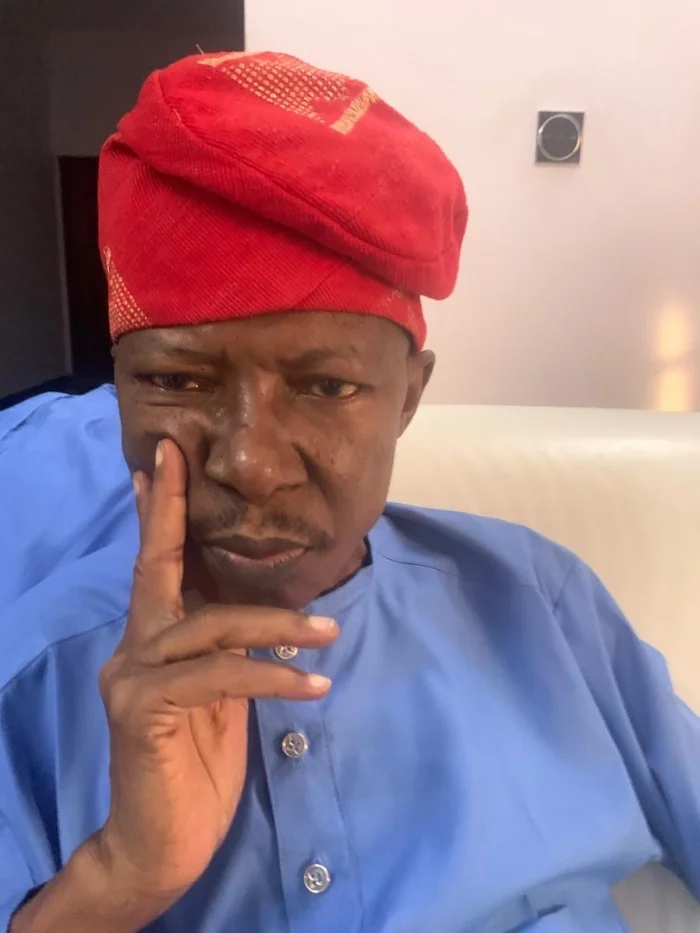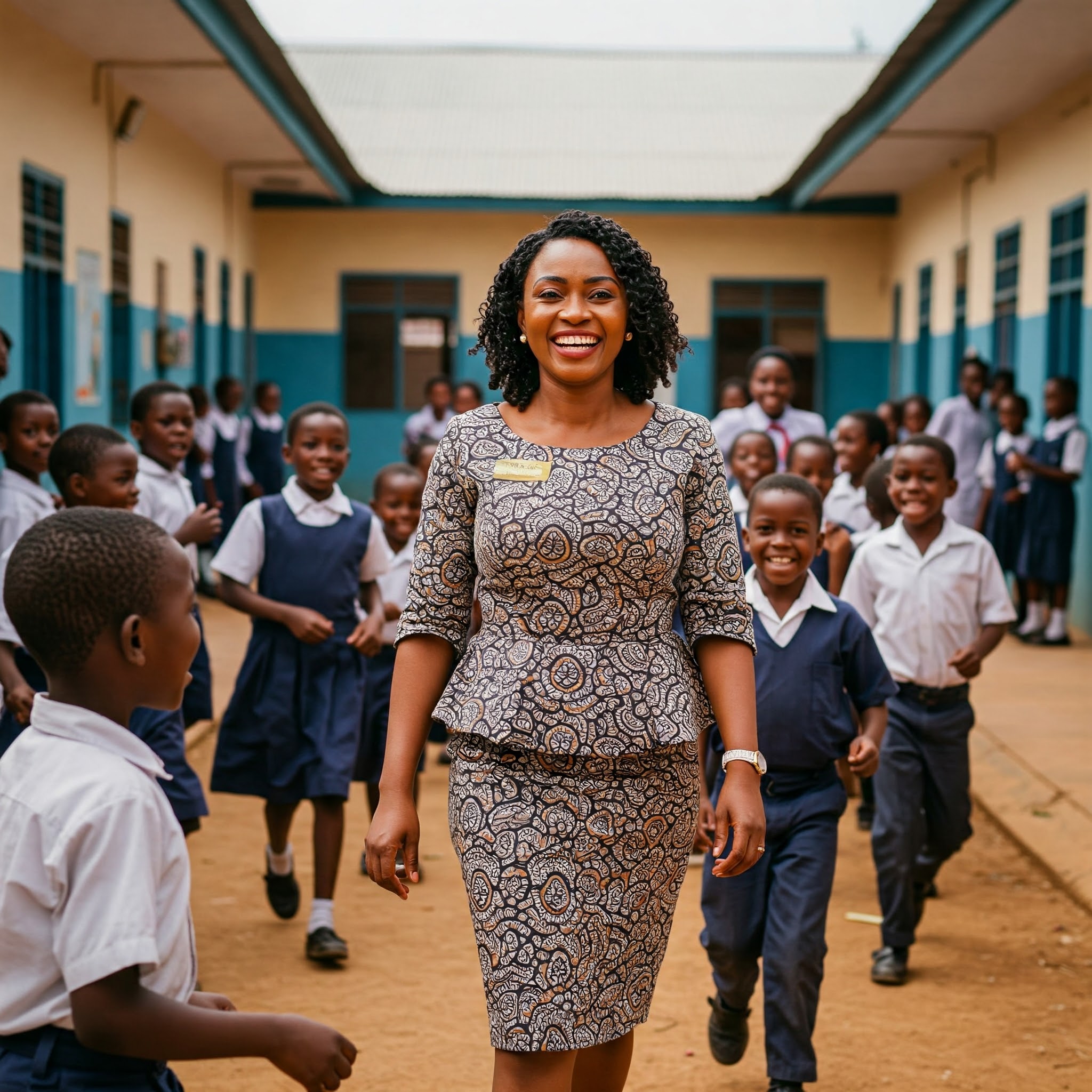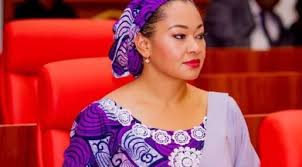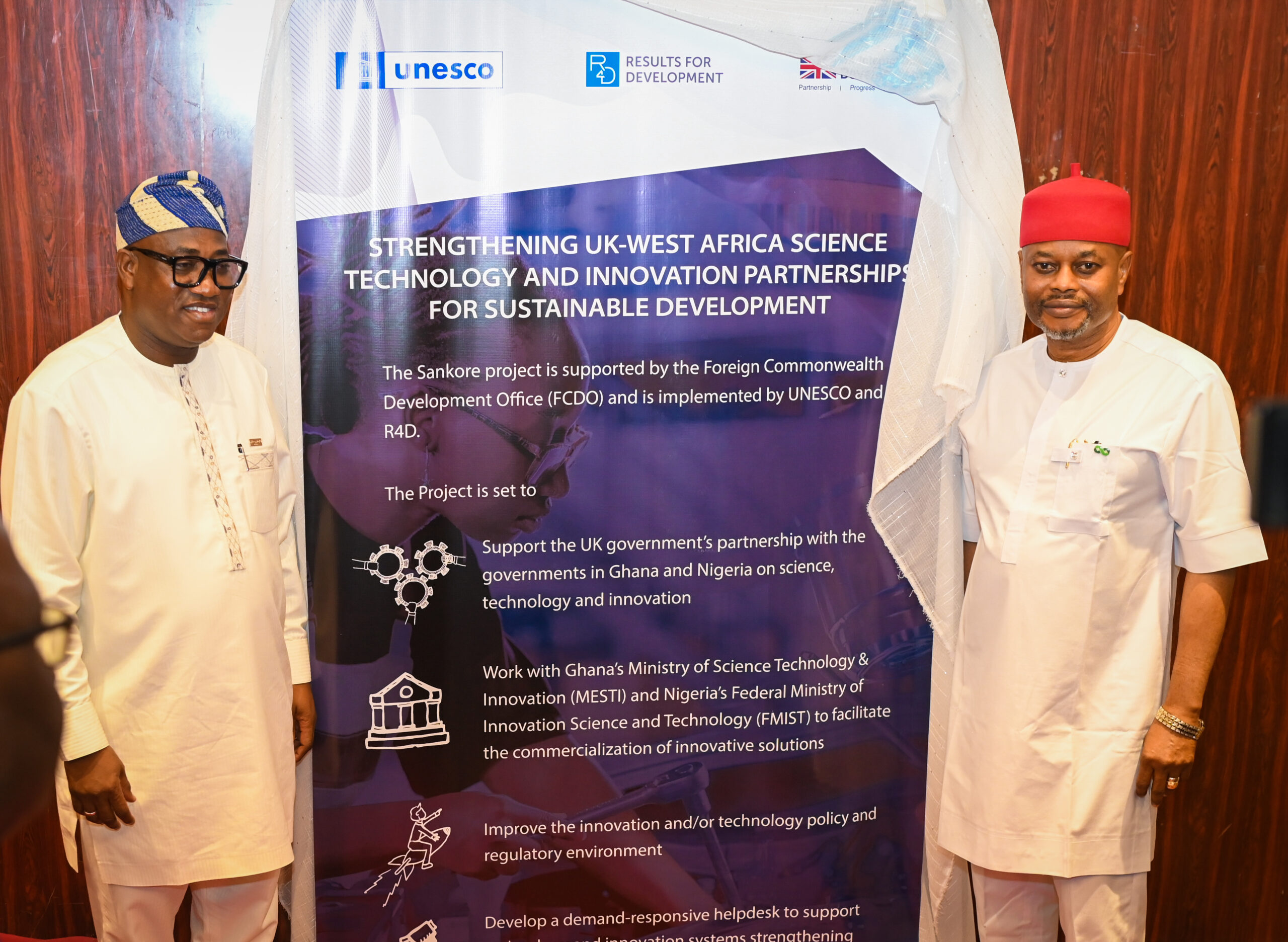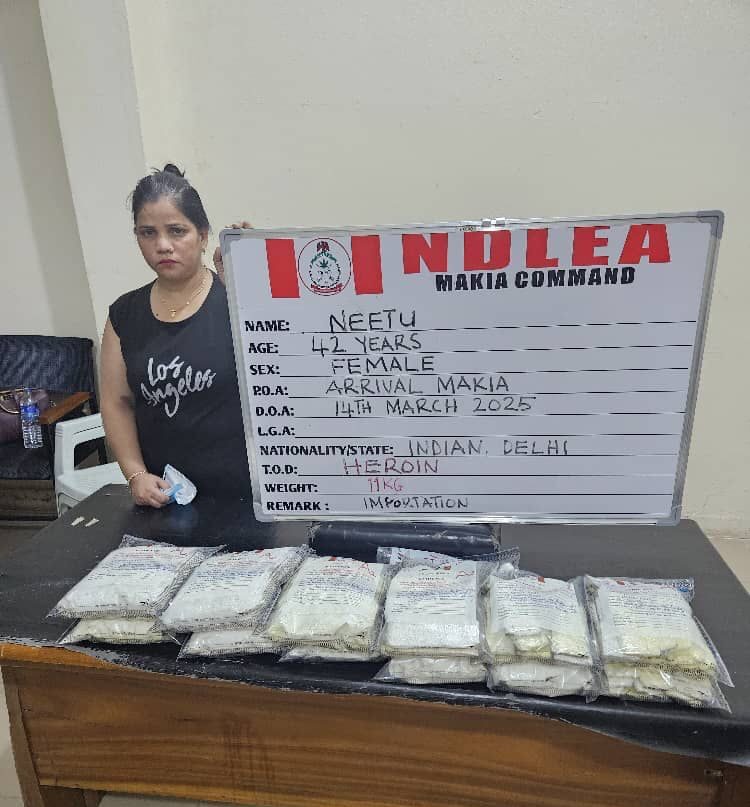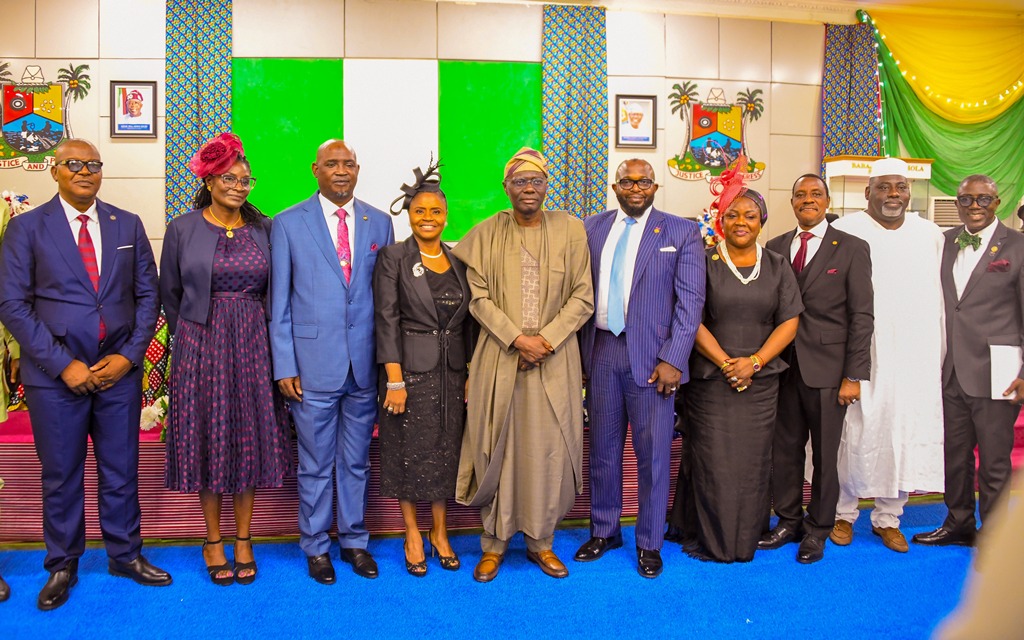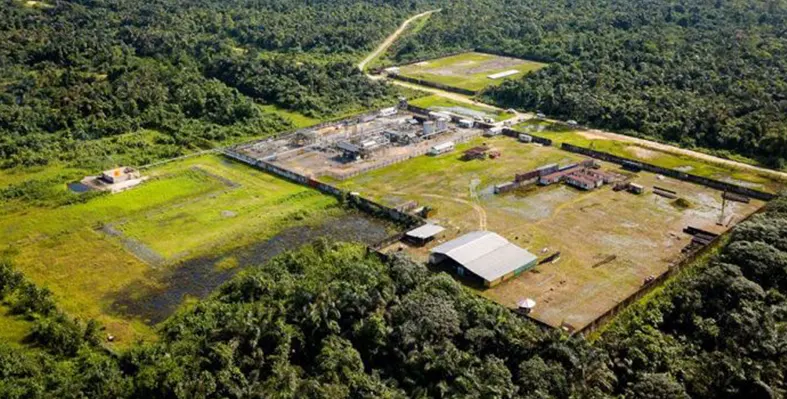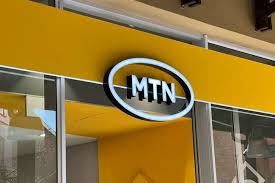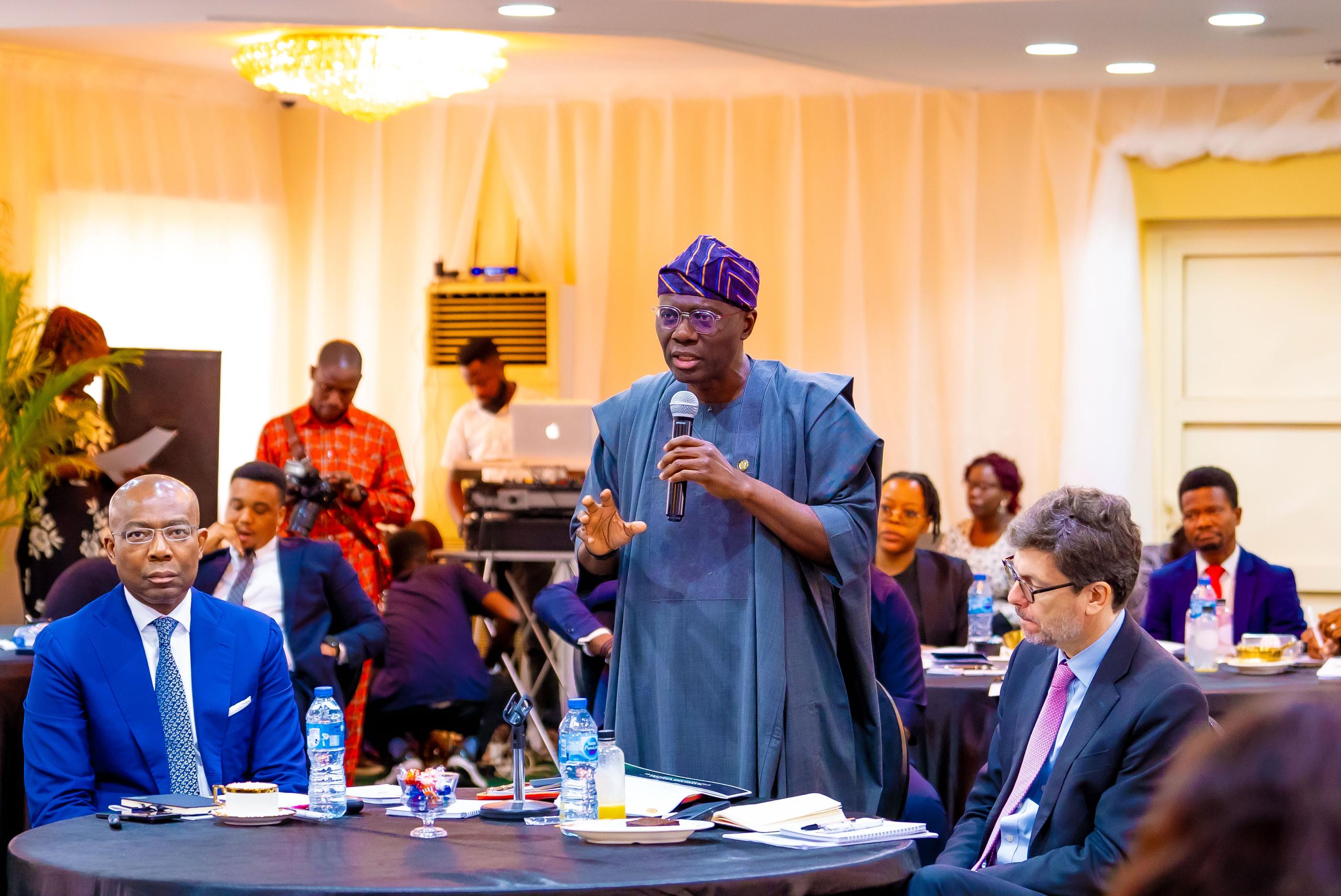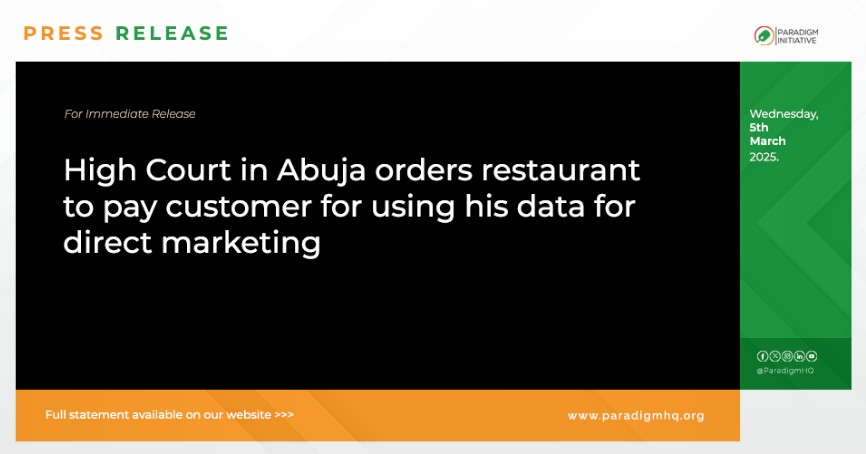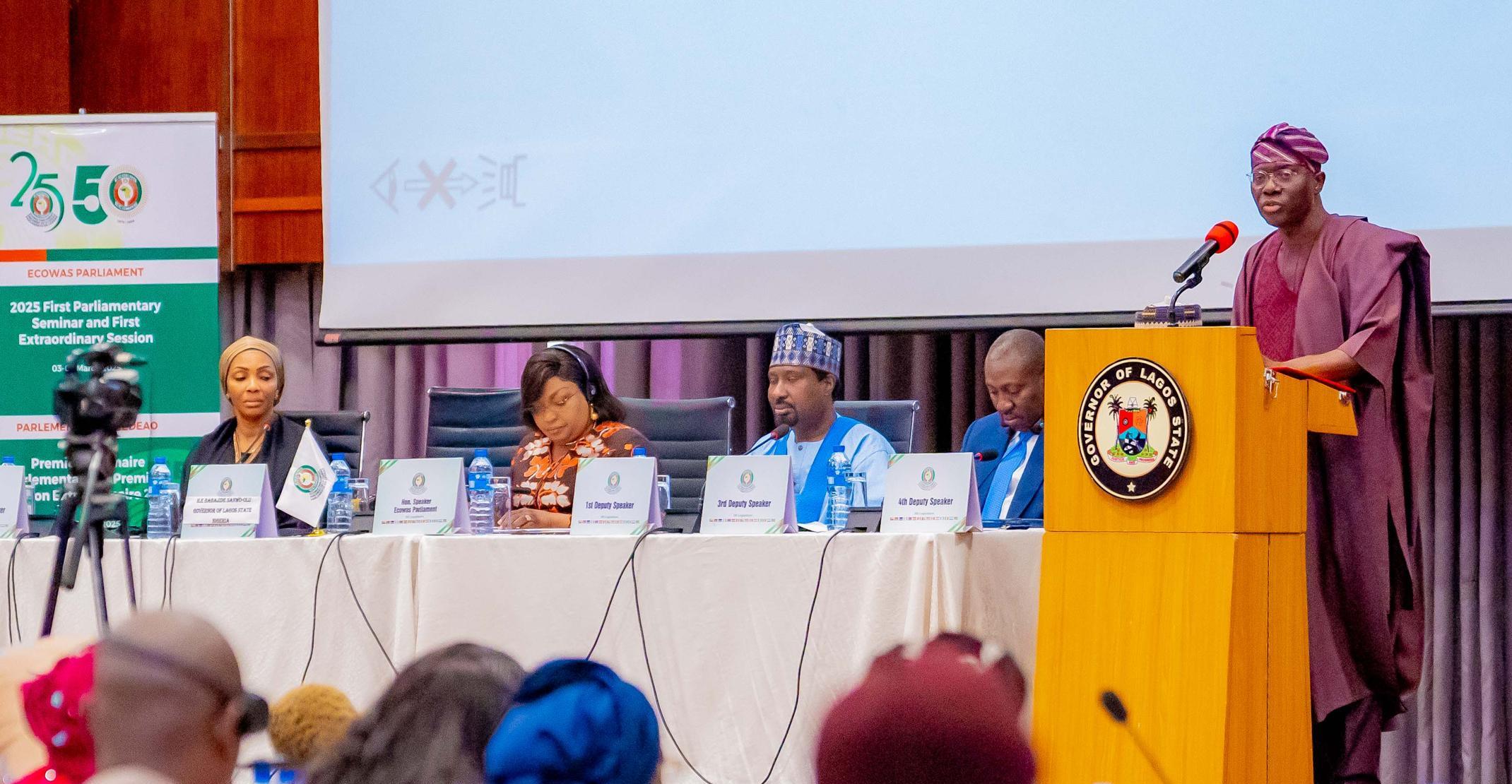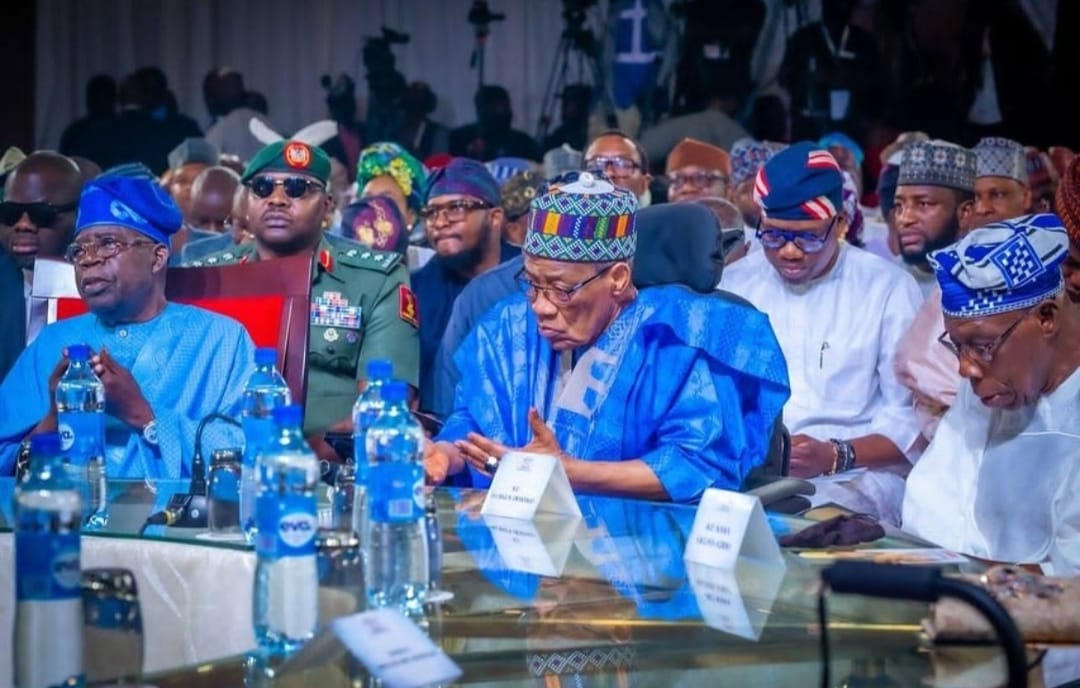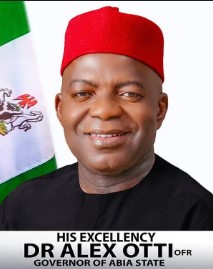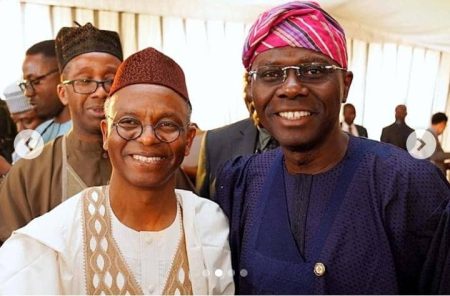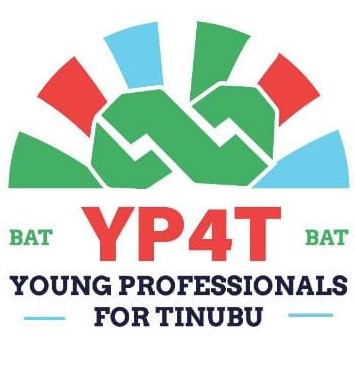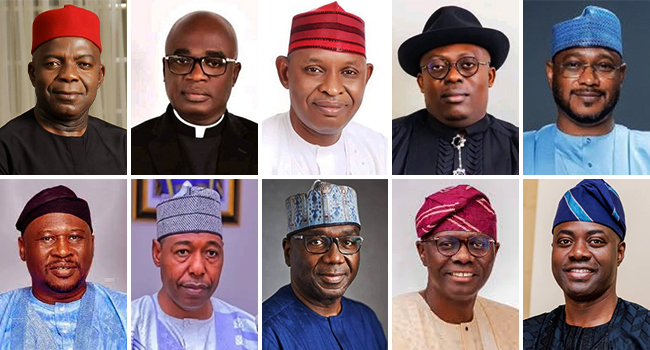
At least 12 Nigerian states, including Lagos, failed to meet their revenue targets for the first quarter of 2025, despite collectively spending N117 billion on servicing public debt during the same period. This is according to the Q1 2025 budget implementation reports sourced from the states’ official websites and Open Nigerian States, a BudgIT-supported platform that collates public finance data.
The states that missed their revenue targets are Abia, Adamawa, Bayelsa, Benue, Kaduna, Lagos, Taraba, Borno, Ekiti, Katsina, Ondo, and Kebbi. Reports for 23 other states and the Federal Capital Territory were not available at the time of review.
Lagos State topped the list in terms of debt servicing, spending N26.8 billion in Q1 2025 on both domestic and foreign debt. This figure is part of the N95 billion allocated for debt payments for the year. However, the state recorded N583 billion in revenue for the first quarter—falling short of its N728.9 billion quarterly target. This figure also accounts for just 20 percent of the state’s N2.915 trillion projected annual revenue. The state government attributed the underperformance to delayed donor interventions and complex procurement processes affecting aid and grant inflows.
Benue State followed with N21 billion spent on debt servicing in the same quarter, despite generating only N67.05 billion in total revenue. This figure represents just 12.2 percent of its N550.11 billion annual budget. Internally Generated Revenue (IGR) performance was also poor, standing at N5.18 billion—14.6 percent of the quarterly target. The state cited issues with new revenue software as a key reason for the low IGR figures. Federation Account Allocation Committee (FAAC) inflow for Benue was N58.71 billion, just 13.6 percent of the annual projection.
Kaduna State came third, allocating N18 billion for debt servicing—an increase of N2 billion compared to Q1 2024. The state generated N69.66 billion in new revenue for the quarter, excluding an opening balance of N137.28 billion, from a total of N206.94 billion reported revenue. FAAC contributed N50.39 billion, which accounted for only 14.8 percent of the yearly projection, while IGR was N19.27 billion, or 17.2 percent of its target. Both revenue sources fell below the 25 percent quarterly benchmark, despite strong performance from select MDAs.
Bayelsa State reported debt servicing costs of N13.5 billion in Q1 2025, up from N8.1 billion in the corresponding quarter of 2024. Though the state exceeded its IGR target—generating N12.55 billion against a N9.75 billion goal—it still missed its overall revenue target due to underwhelming FAAC inflows. The state received N120.55 billion from FAAC, which was only 21.4 percent of the N140.94 billion projected for the quarter.
Adamawa State also showed increased debt spending at N8.4 billion in Q1 2025, slightly above the N7 billion recorded in the previous year. However, the state recorded a significant shortfall in revenue, generating only N41.09 billion in recurrent income—just 10.4 percent of its N394.70 billion annual target. FAAC allocation stood at N37.02 billion (10 percent), while IGR came in at N4.07 billion, or 16.6 percent of its N24.56 billion target.
Taraba State reported N7.8 billion in debt servicing, out of a projected N26 billion for the year. Revenue performance was equally concerning, with total income reaching just 19.2 percent of the annual target. FAAC receipts amounted to N52.39 billion, or 21.7 percent of the projection, while IGR stood at a mere N3.38 billion, translating to 6.8 percent of its annual goal. Aids and grants underperformed significantly at only 2.1 percent, further exacerbating the state’s revenue shortfall.
Ekiti State spent N7.6 billion on debt in Q1 2025. The state’s total revenue, including a N58.5 billion opening balance, stood at N118.52 billion—31.5 percent of its annual target. IGR performance was relatively strong, reaching N14.48 billion, or 49.8 percent of the target, driven by increases in PAYE tax and tuition payments. Nonetheless, statutory allocation achieved only 15.2 percent performance, while capital development funds and aids and grants lagged at 13.7 and 4.4 percent respectively, contributing to an overall revenue shortfall.
Borno State recorded N2.9 billion in debt costs and generated N65.68 billion in recurrent revenue, representing 19.2 percent of its annual target. Though IGR improved to N8 billion (26.6 percent of target) due to better technological integration, aids and grants reached only N4.99 billion, far below the N100.25 billion projection, highlighting the adverse impact of reduced external funding.
Katsina State spent N4.6 billion on public debt servicing in Q1 but managed only N64.3 billion in revenue—far less than the N173.06 billion quarterly target. FAAC contributions stood at N59.18 billion (18.7 percent), while independent revenue was N4.97 billion (7.7 percent). Aids and grants contributed just N747.97 million, a mere 0.6 percent of the projection. The state recorded only 9.3 percent revenue performance and an even lower 6.6 percent budget implementation rate, with no capital receipts recorded. Authorities expressed hope that improved revenue strategies, including the Treasury Single Account, would enhance future performance.
Ondo State reported a total Q1 2025 revenue of N241.687 billion, including a N152.195 billion opening balance. Excluding the balance, the actual revenue was N89.492 billion—51.2 percent of the N174.665 billion quarterly target, indicating the state missed its revenue goal for the quarter.
Kebbi State spent N1.8 billion on debt servicing and recorded N45.7 billion in new revenue, just 7.8 percent of its annual target. The state earned N12.3 billion from statutory allocations, N20.8 billion from VAT, and N4.4 billion in IGR, which accounted for only 17 percent of its target. Like others, donor funding underperformed, resulting in a missed quarterly revenue target.
Abia State also fell short, generating N84.29 billion, or just 11.2 percent of its annual revenue target. With a N16.76 billion opening balance included in this figure, actual new revenue was considerably lower. This outcome left the state well below the 25 percent benchmark and raised concerns about its fiscal sustainability without significant mid-year improvements. This article was originally published by Punchng.com and has been adapted for further clarity.
For deeper insights into Nigeria’s fiscal trends and state budget performance, visit LouisaOlaniyi.com.ng and stay informed with expert analysis and real-time updates.

